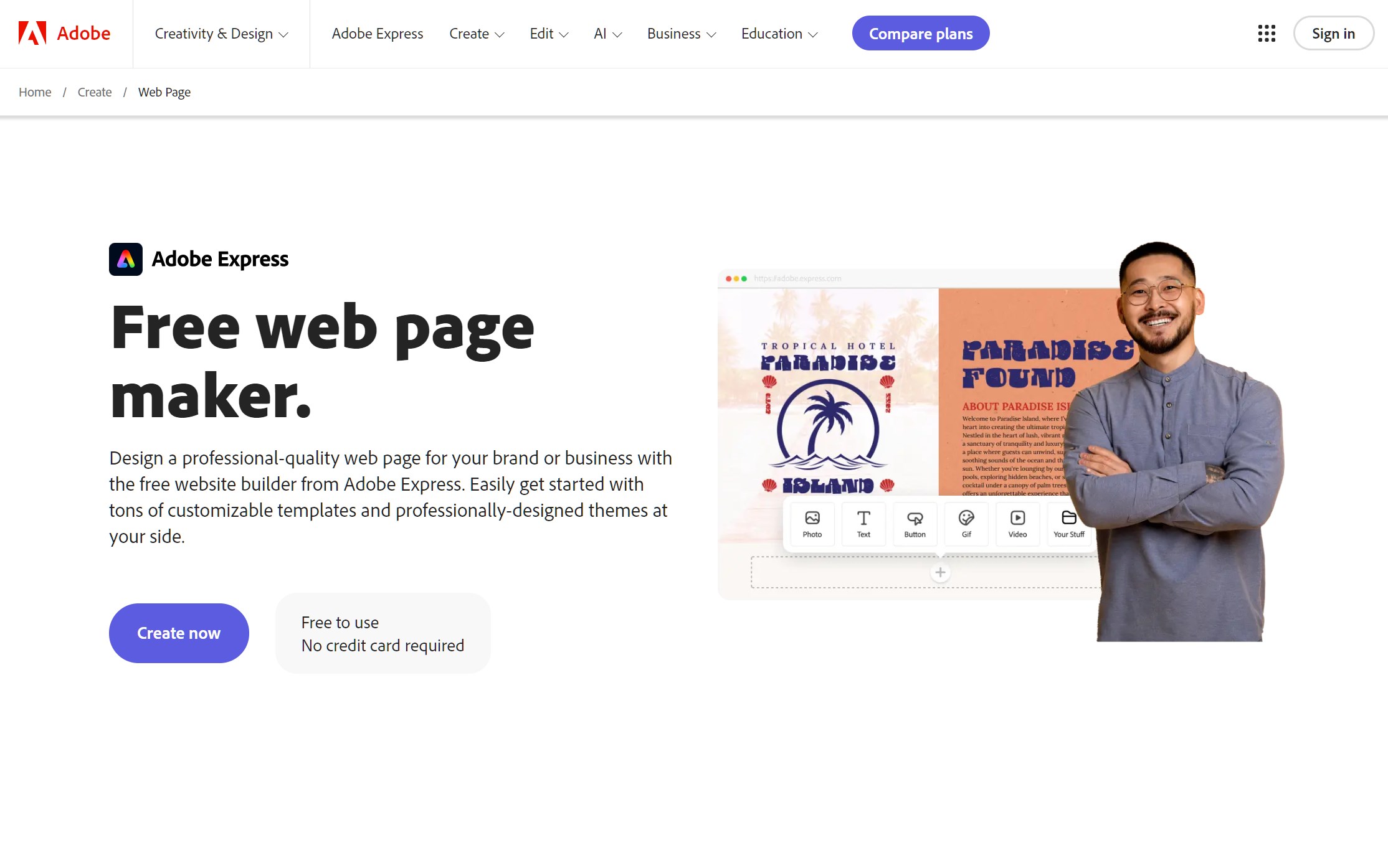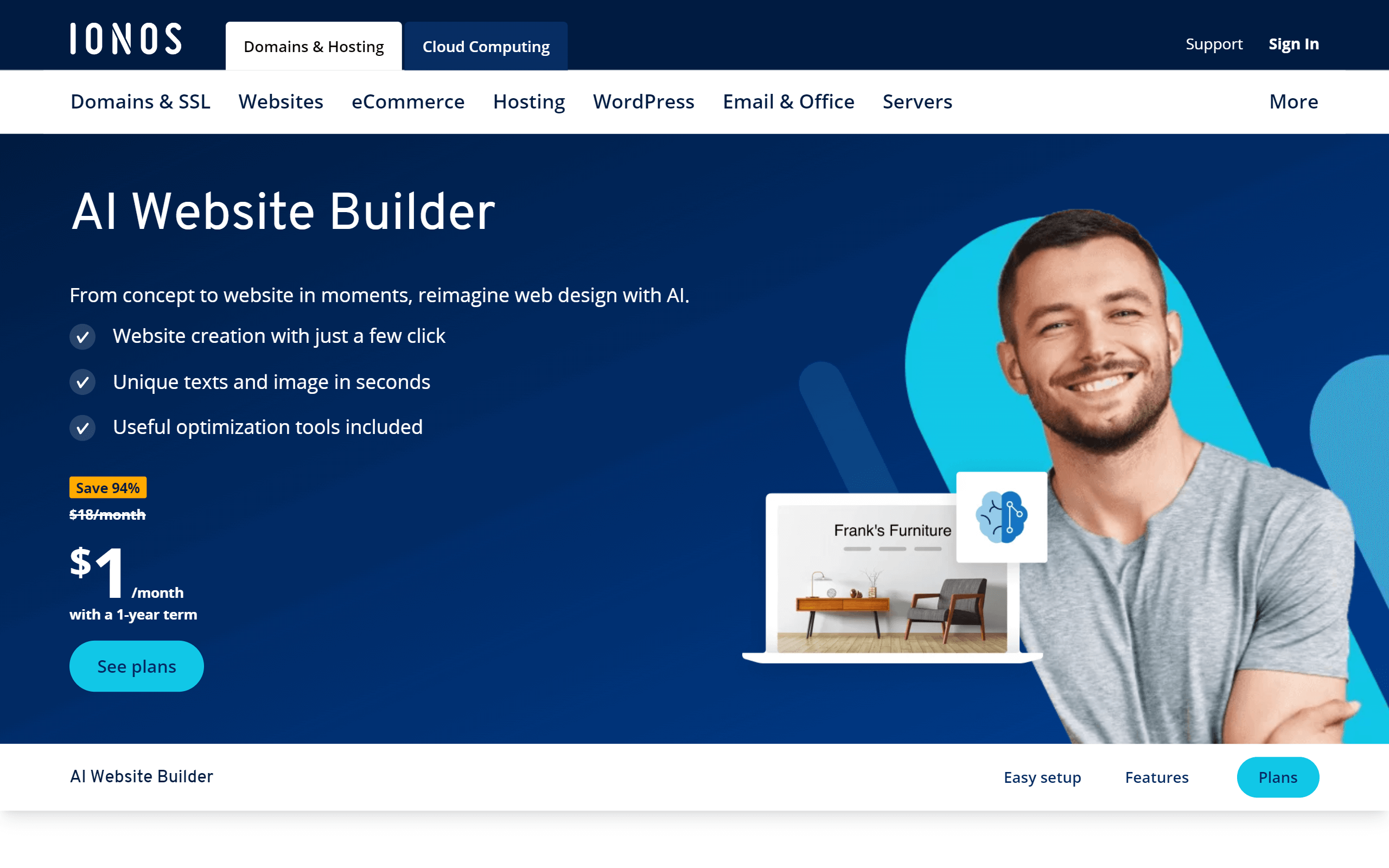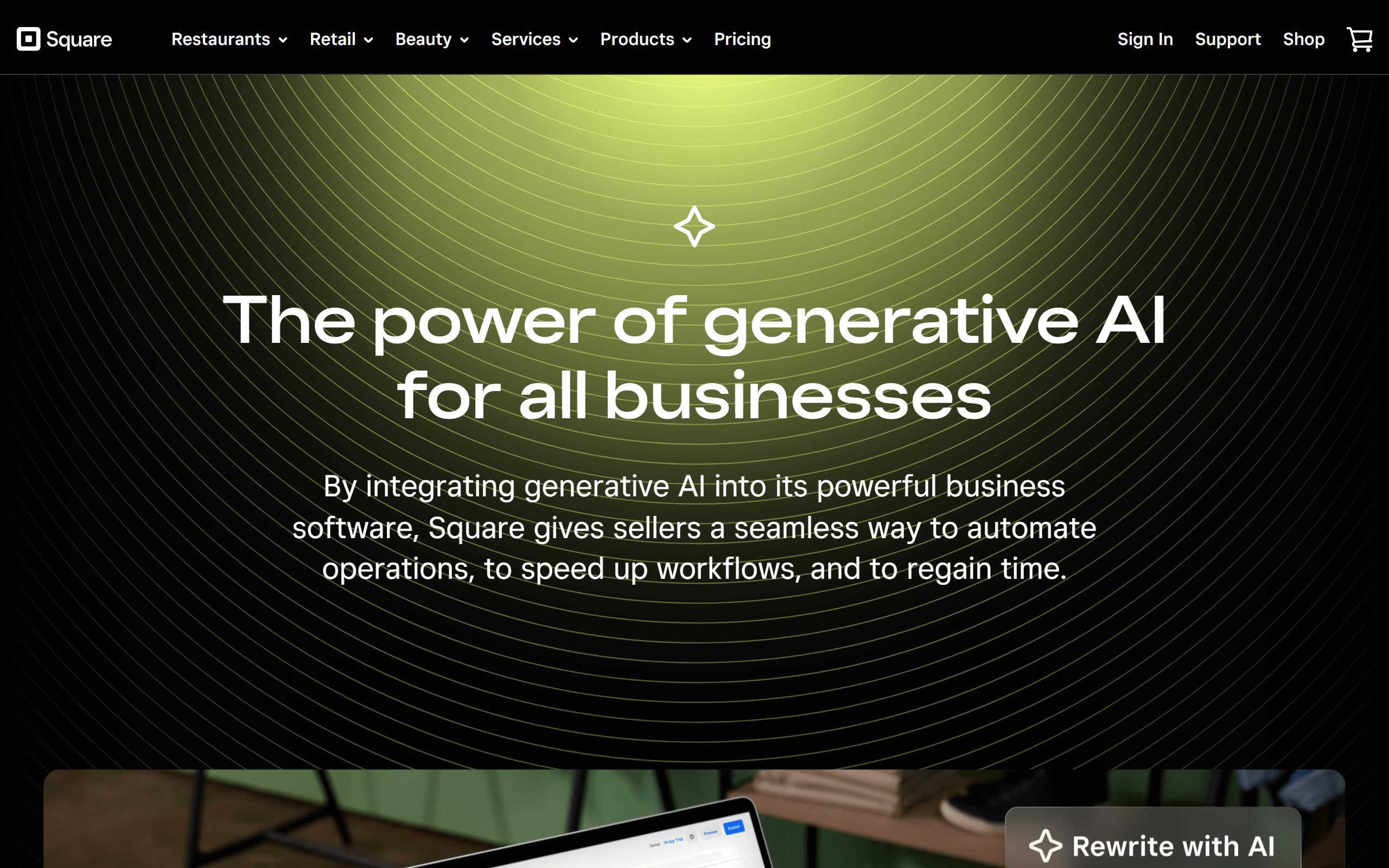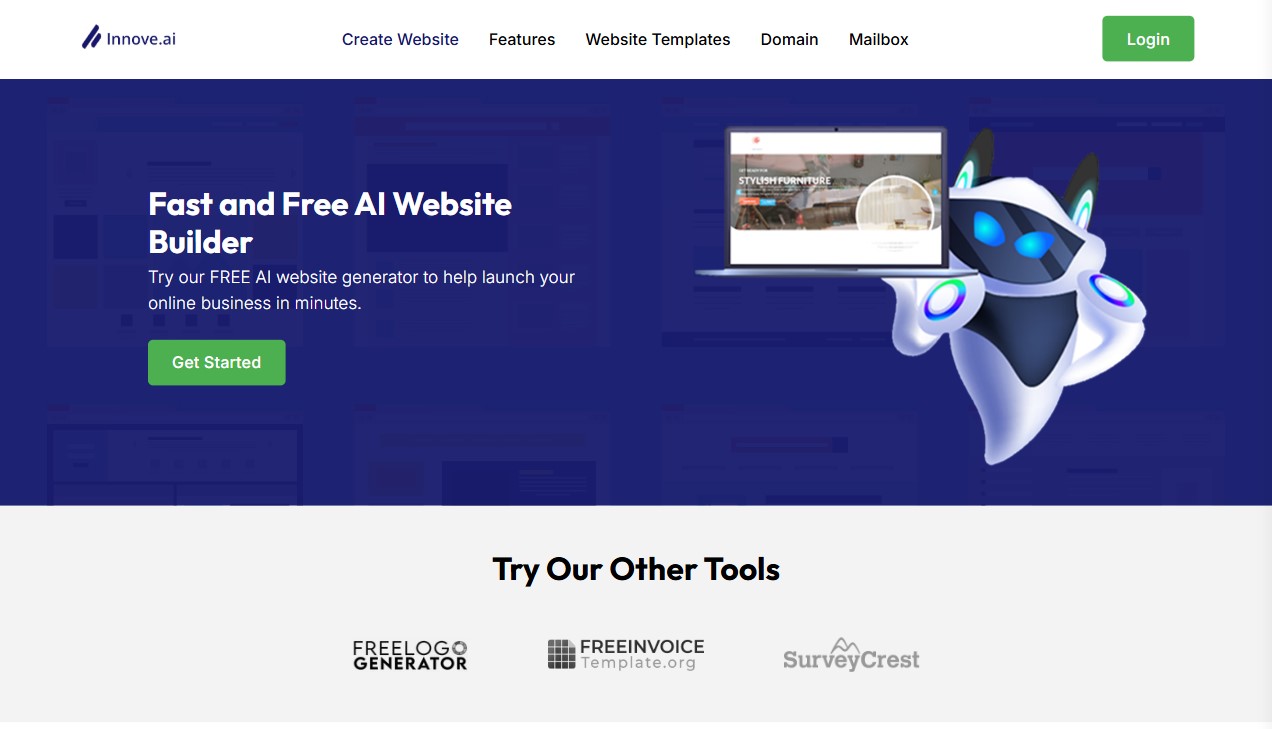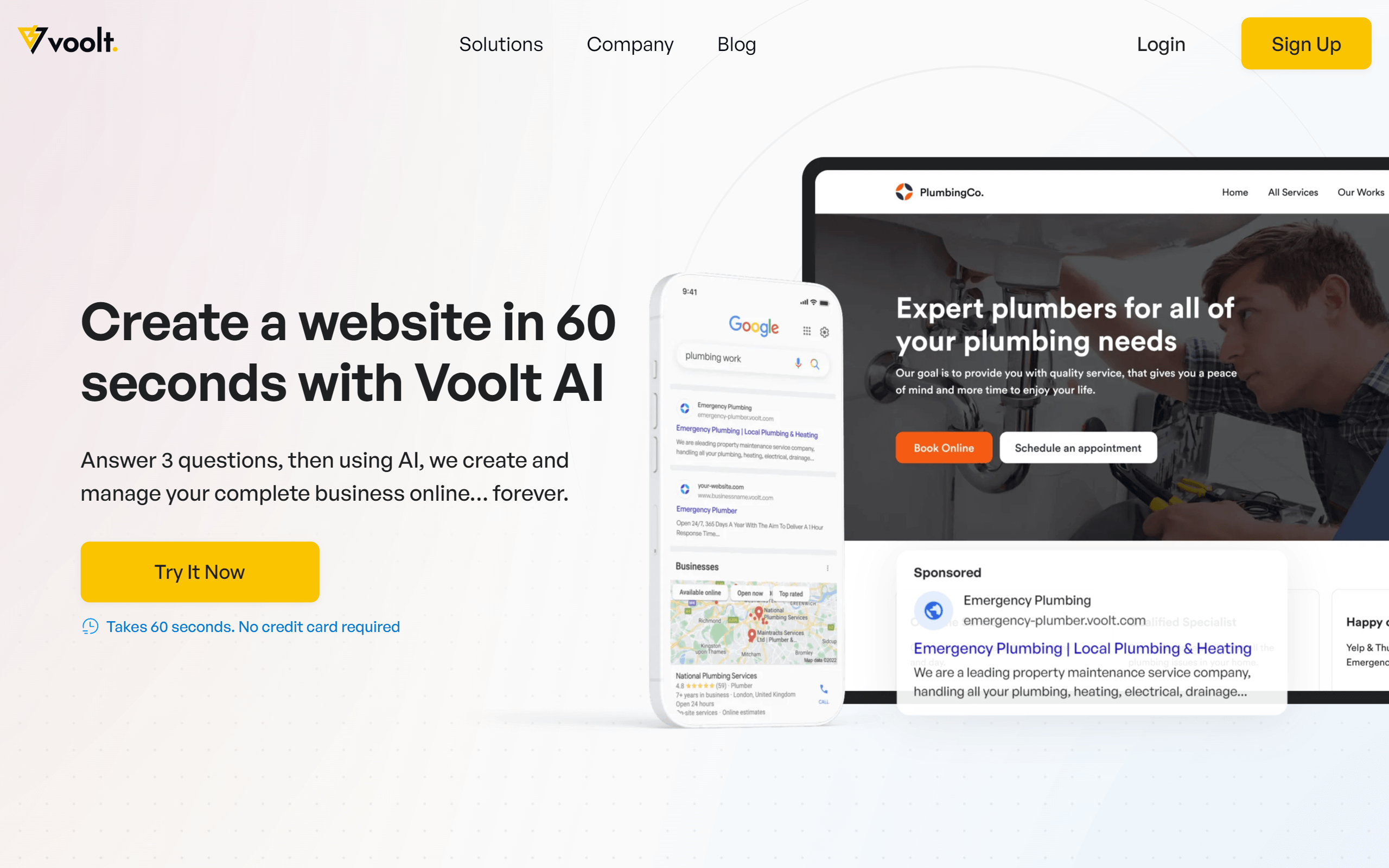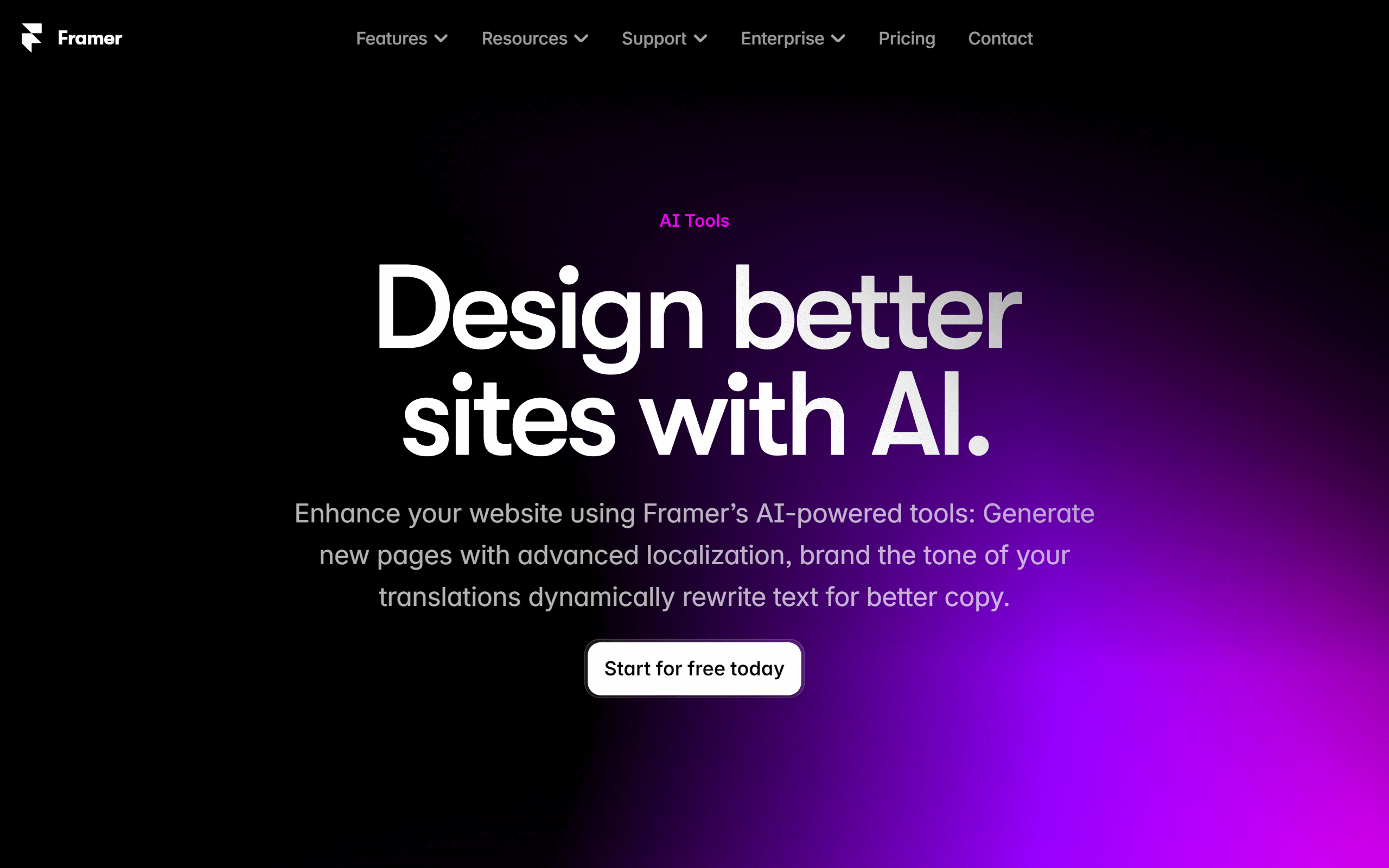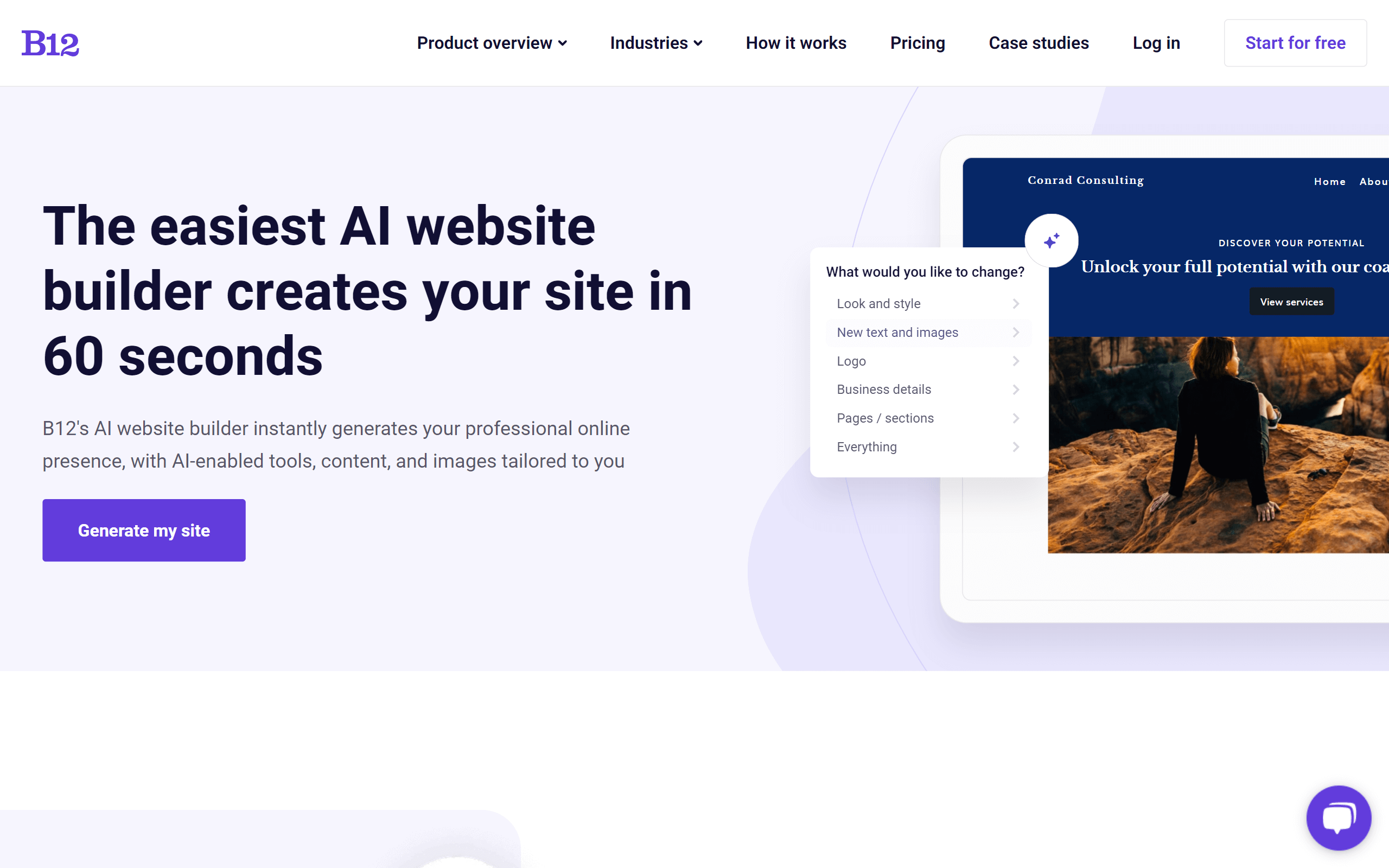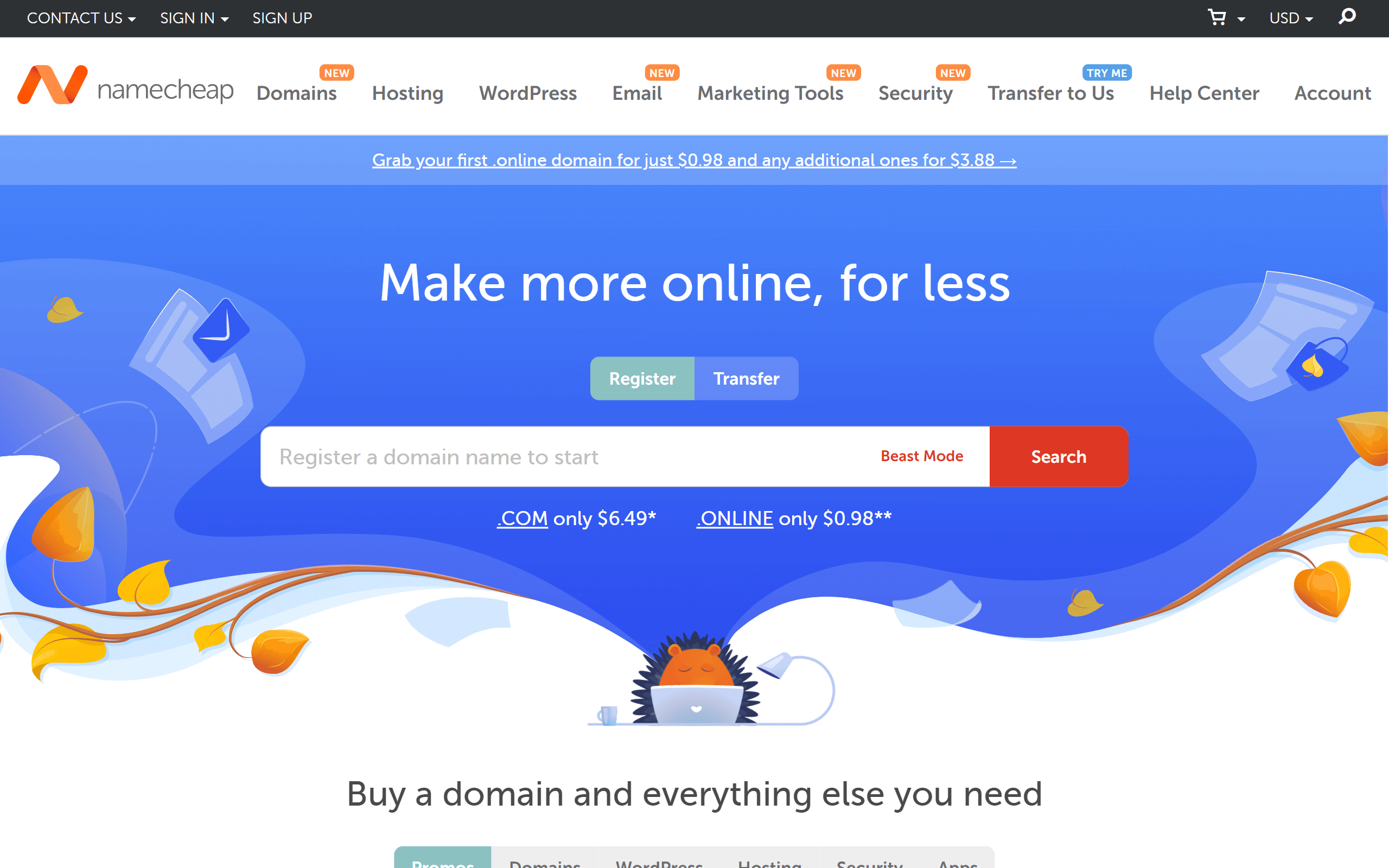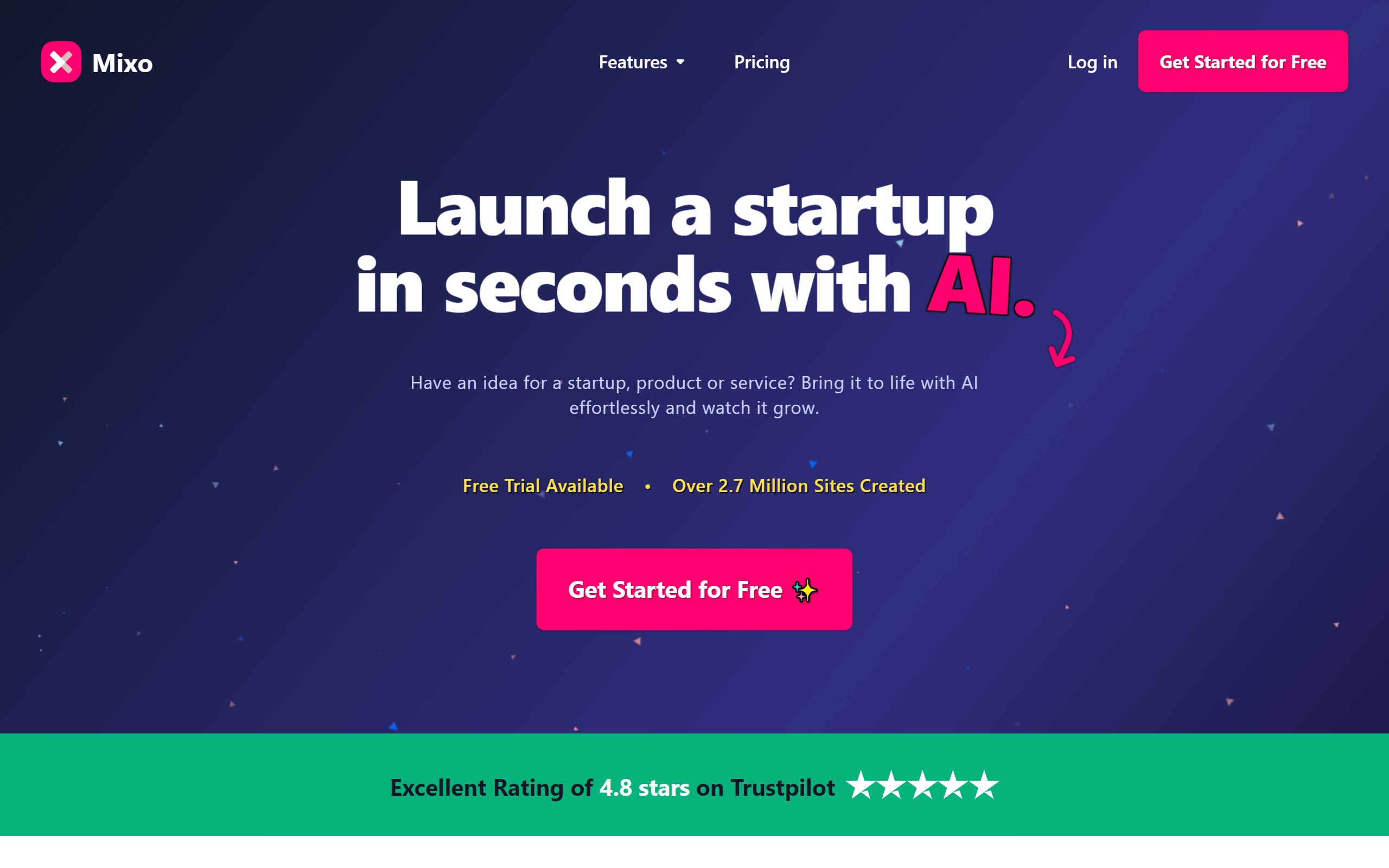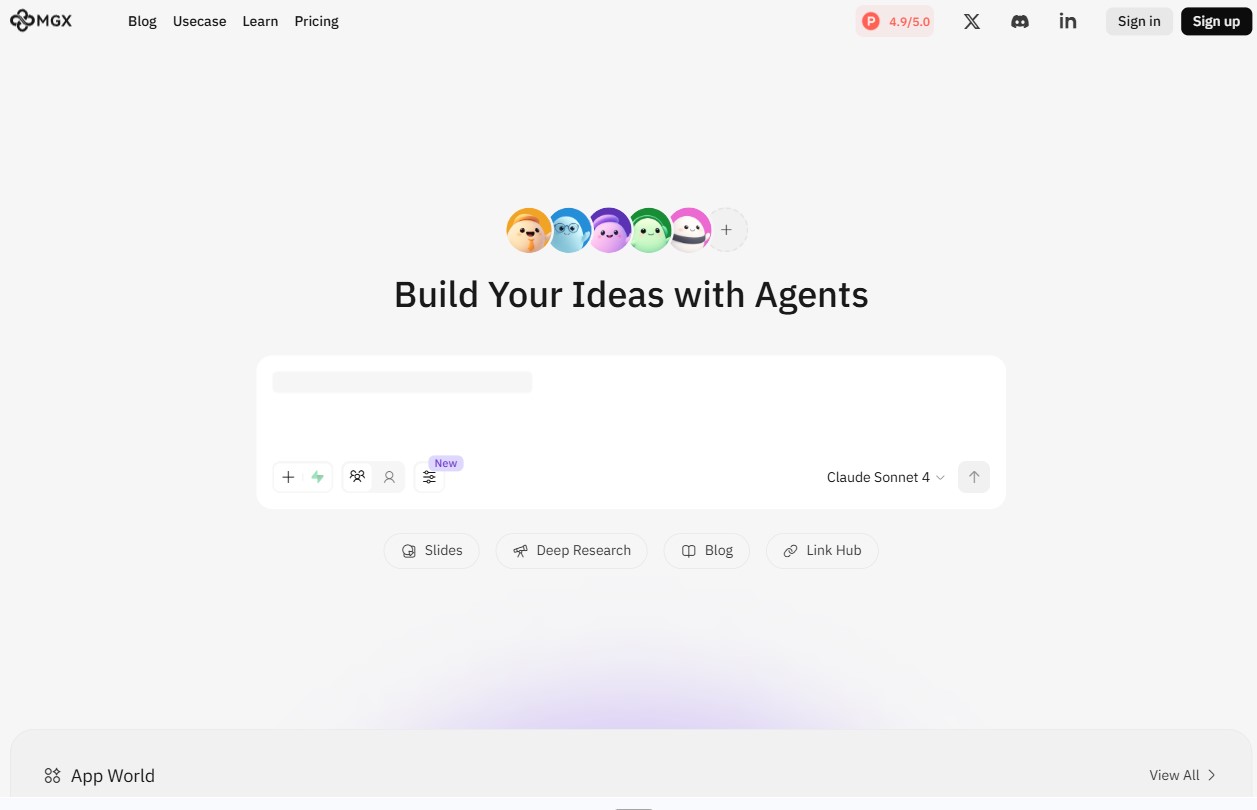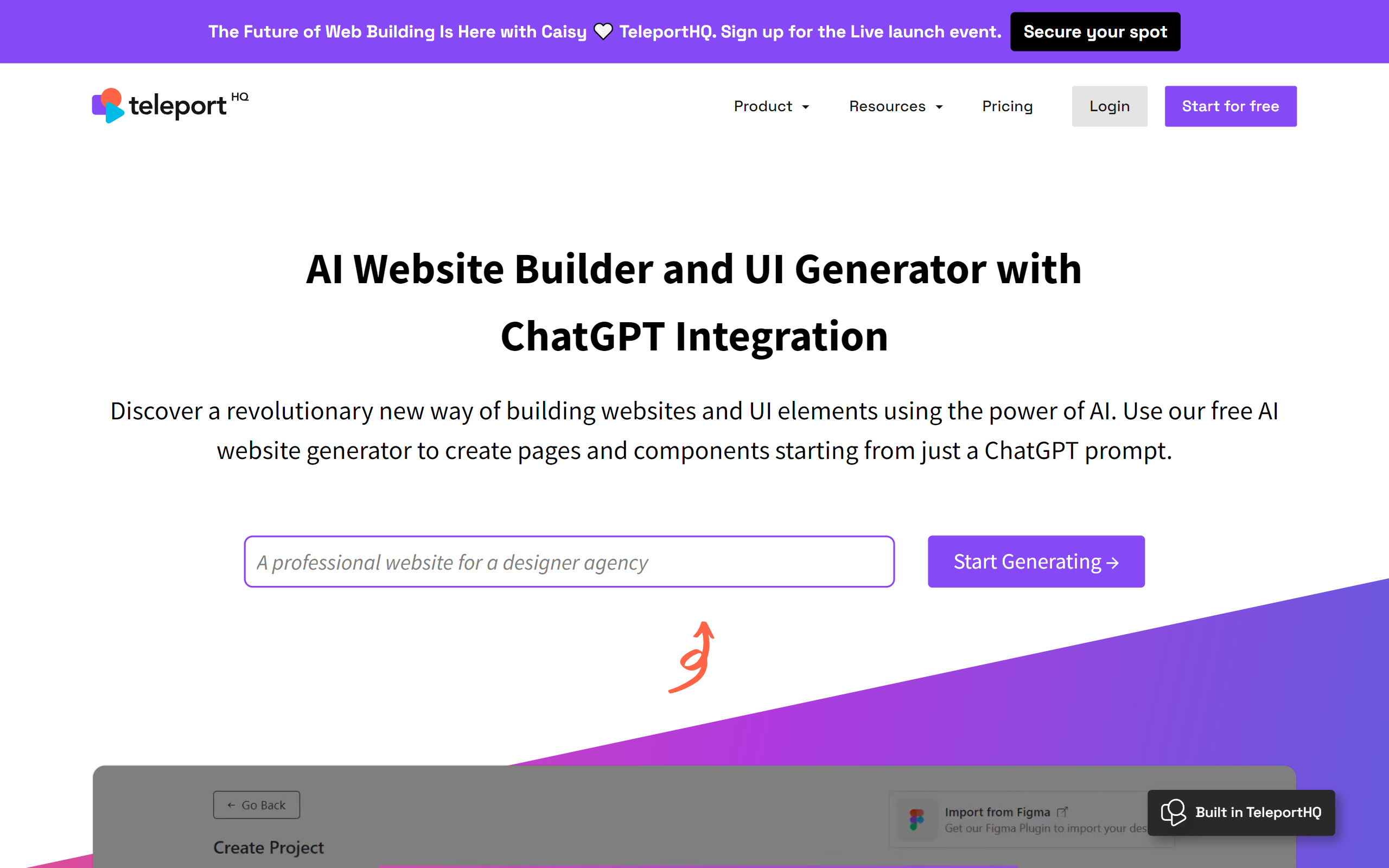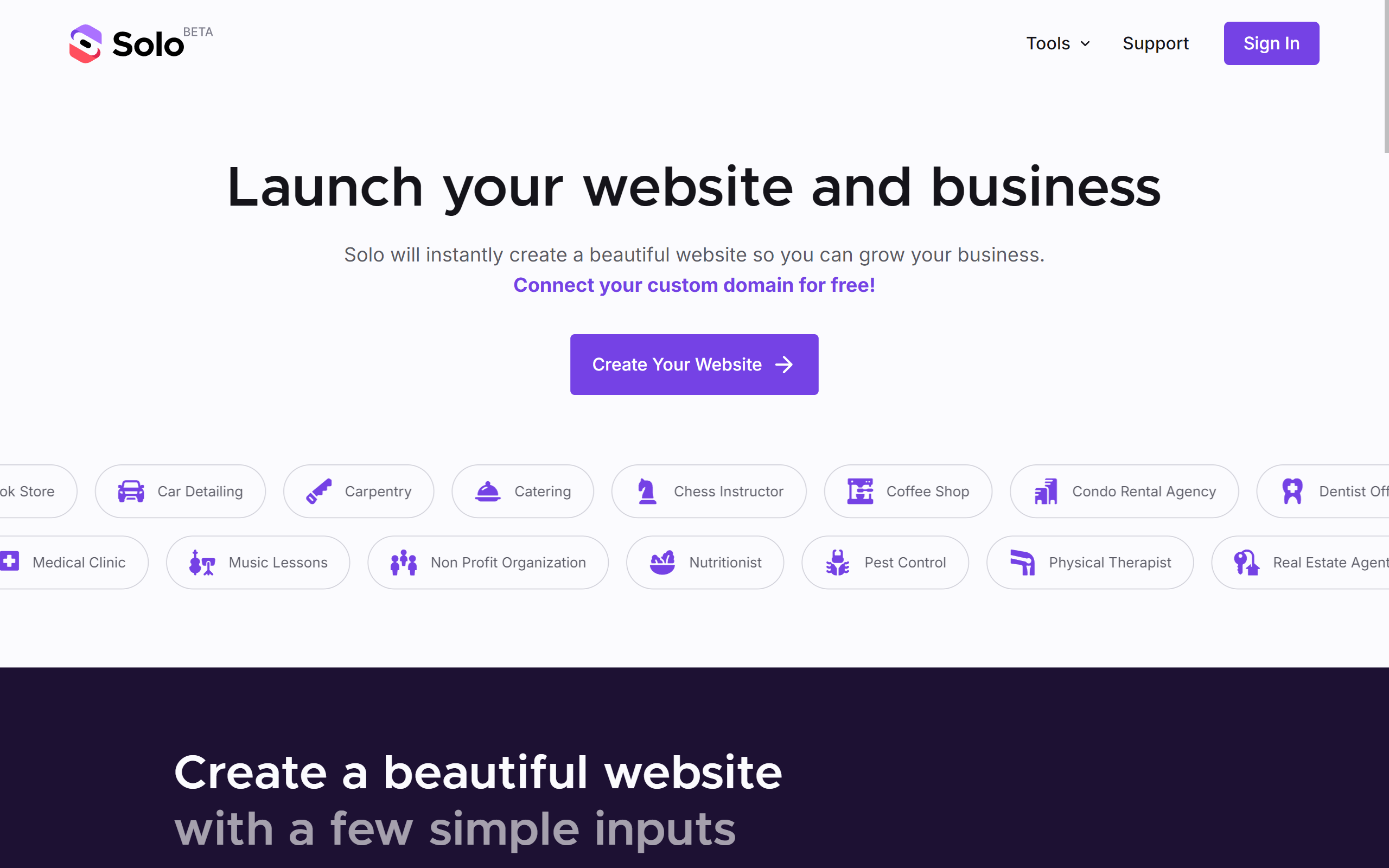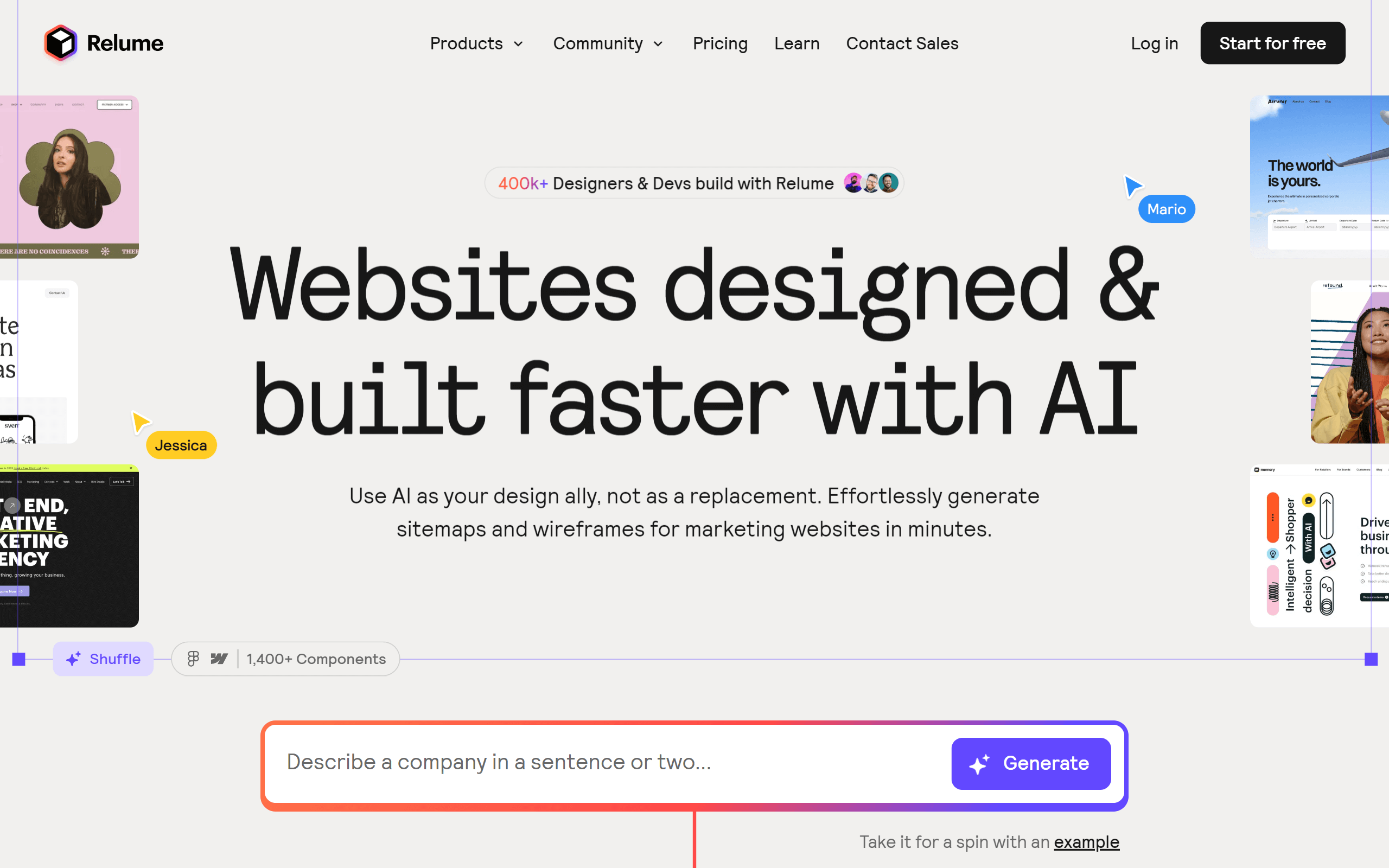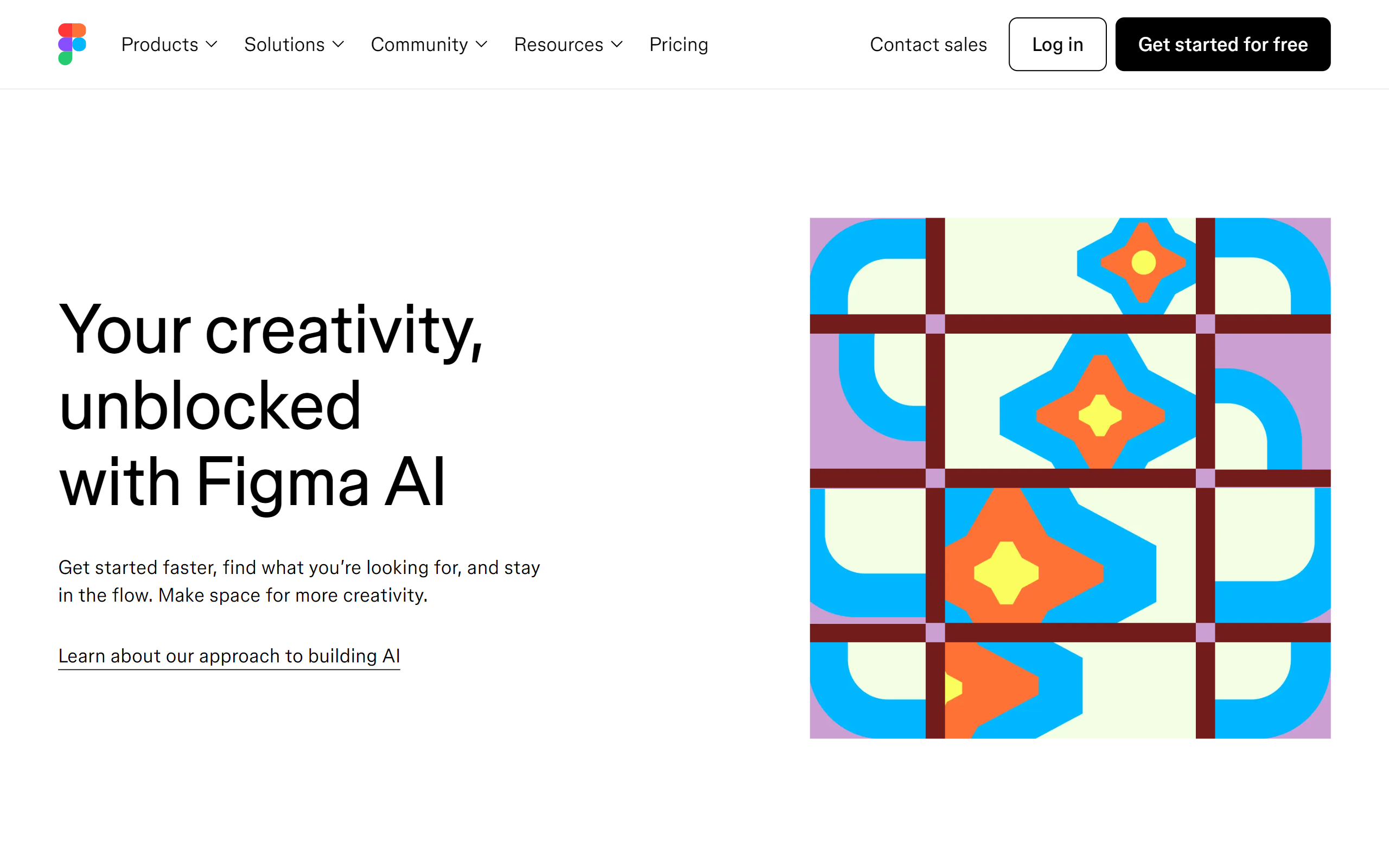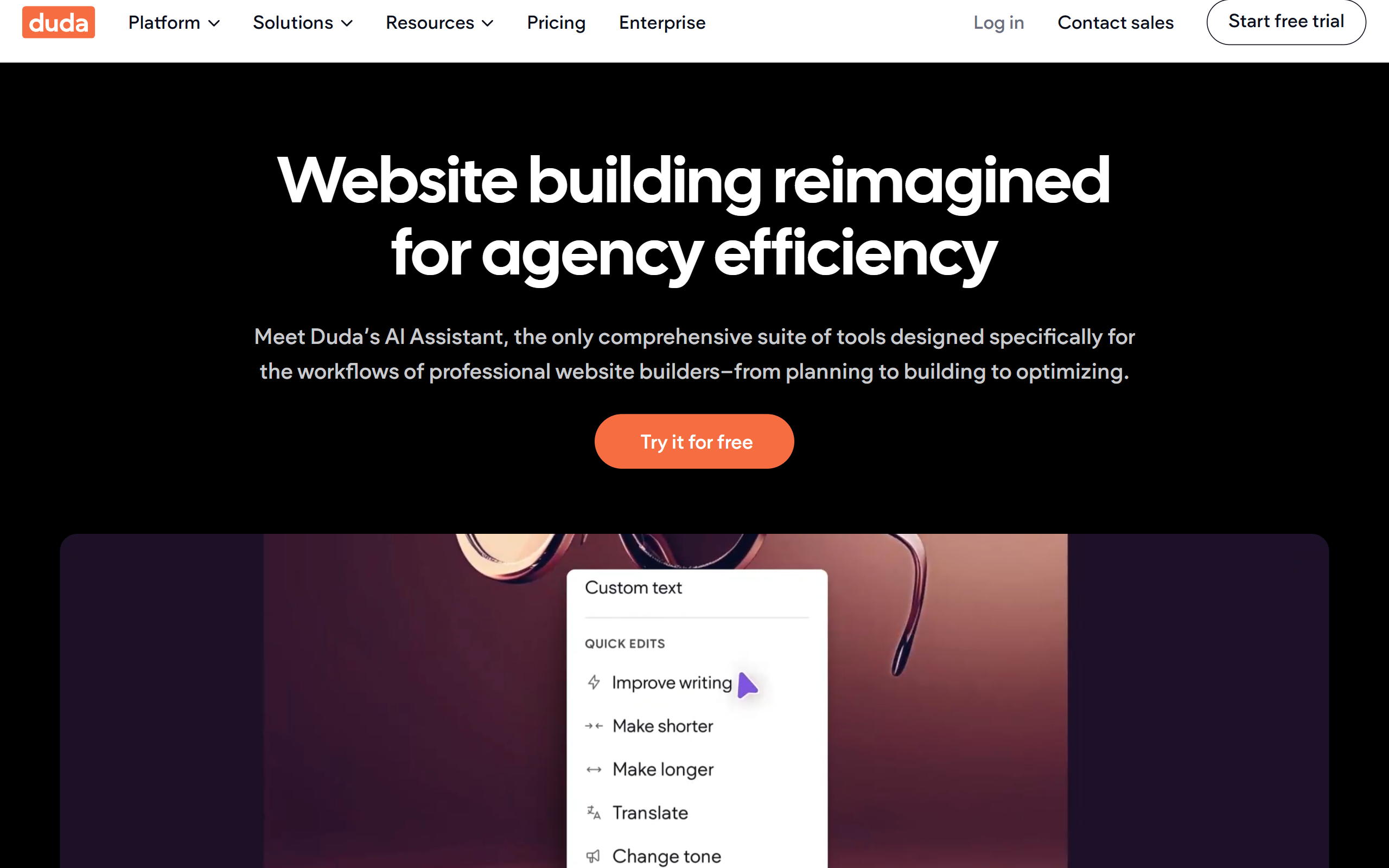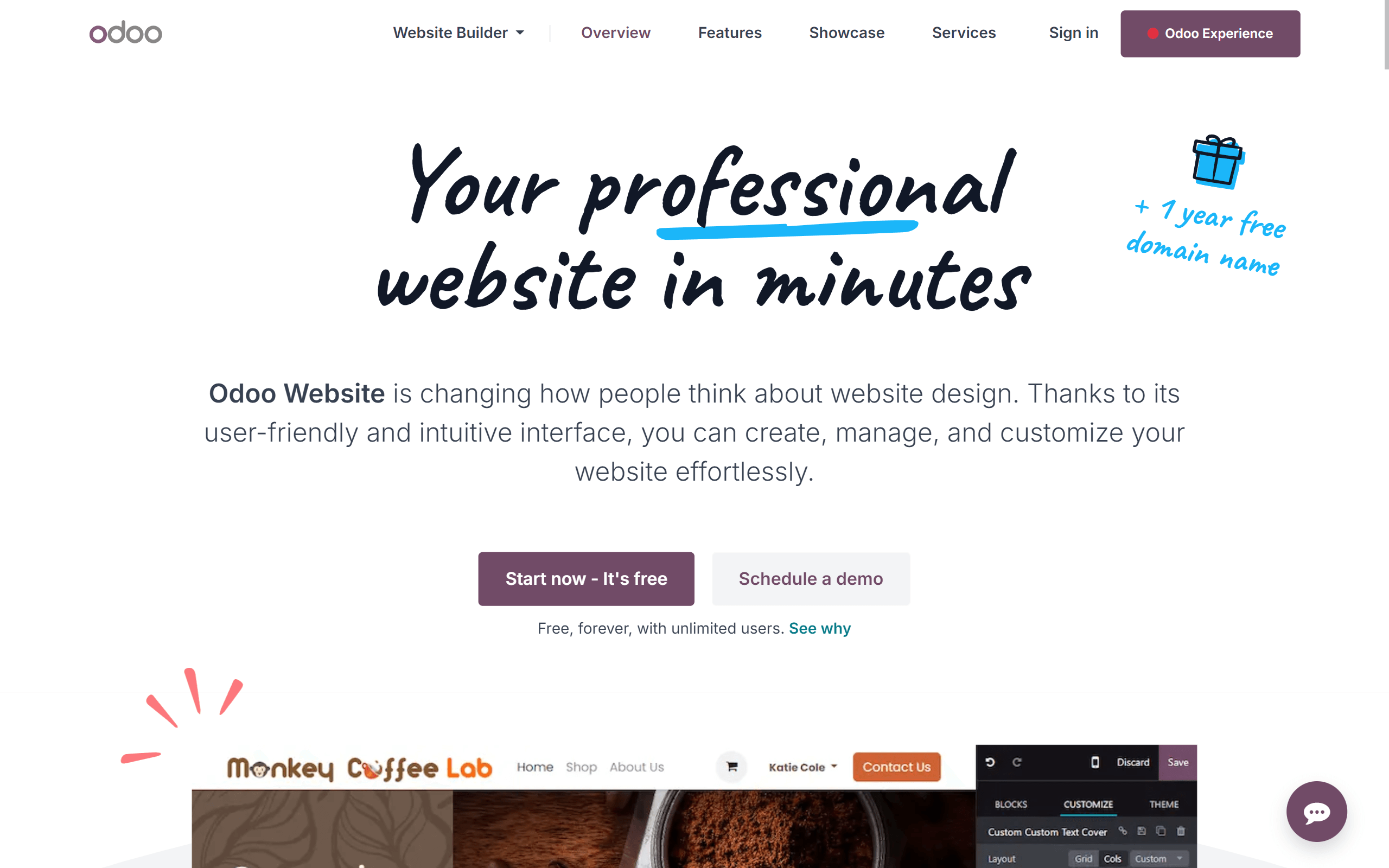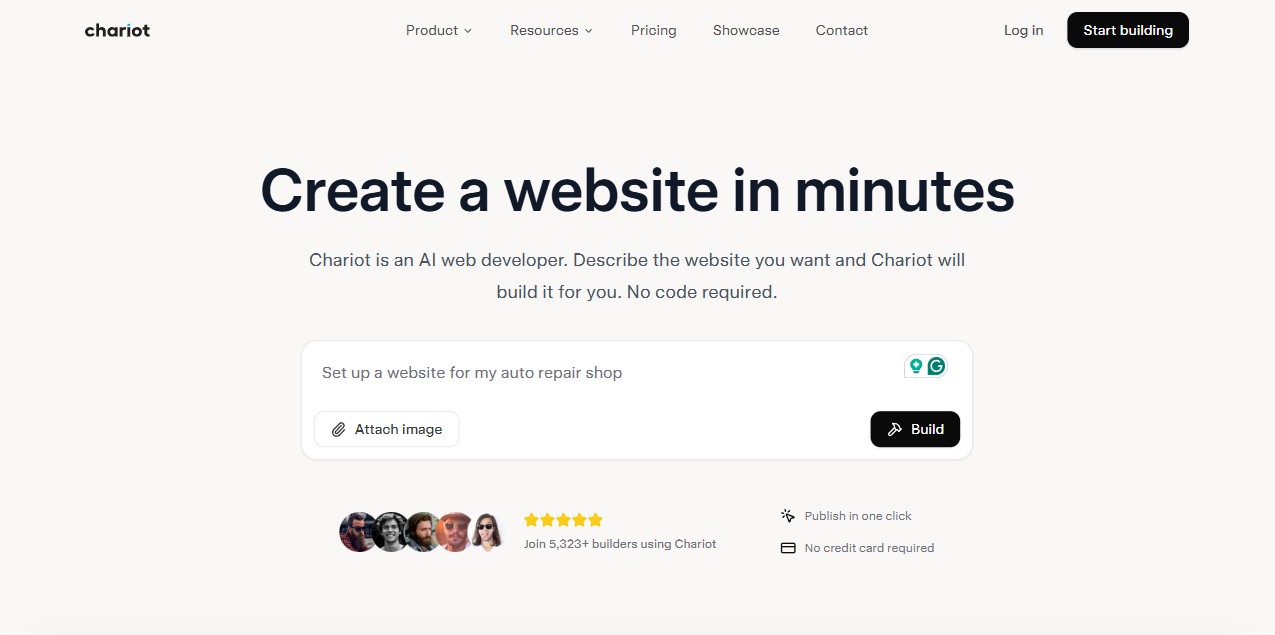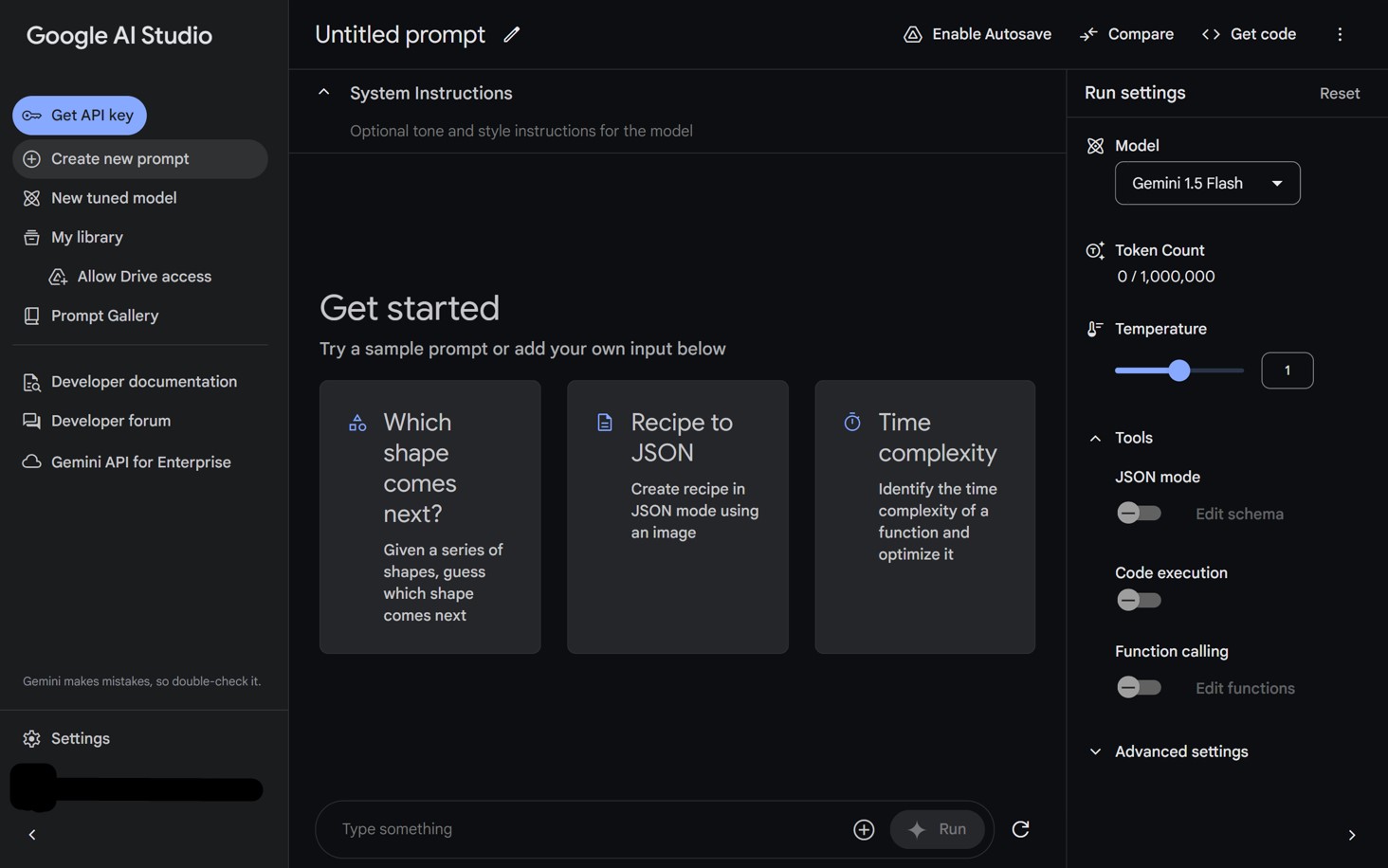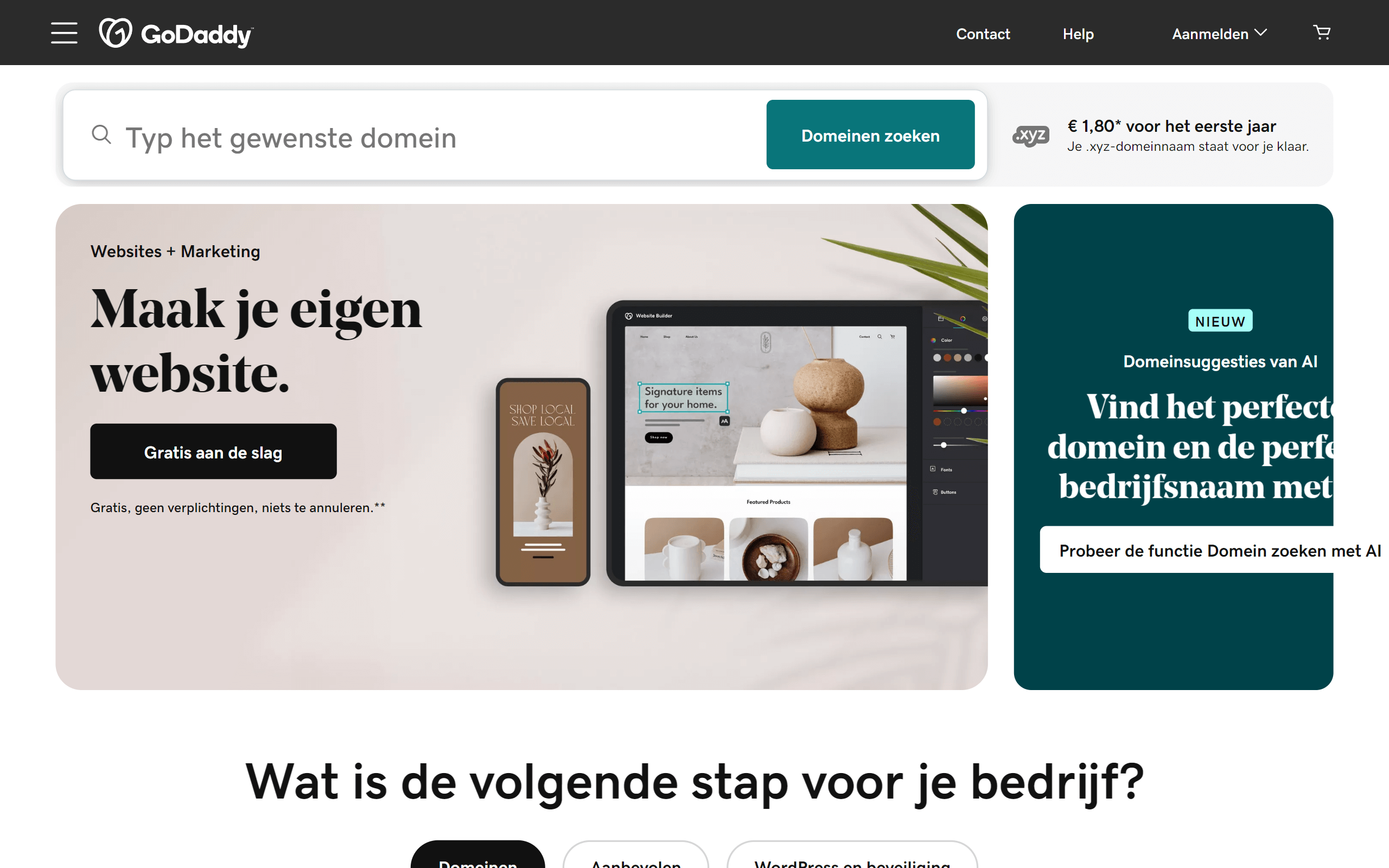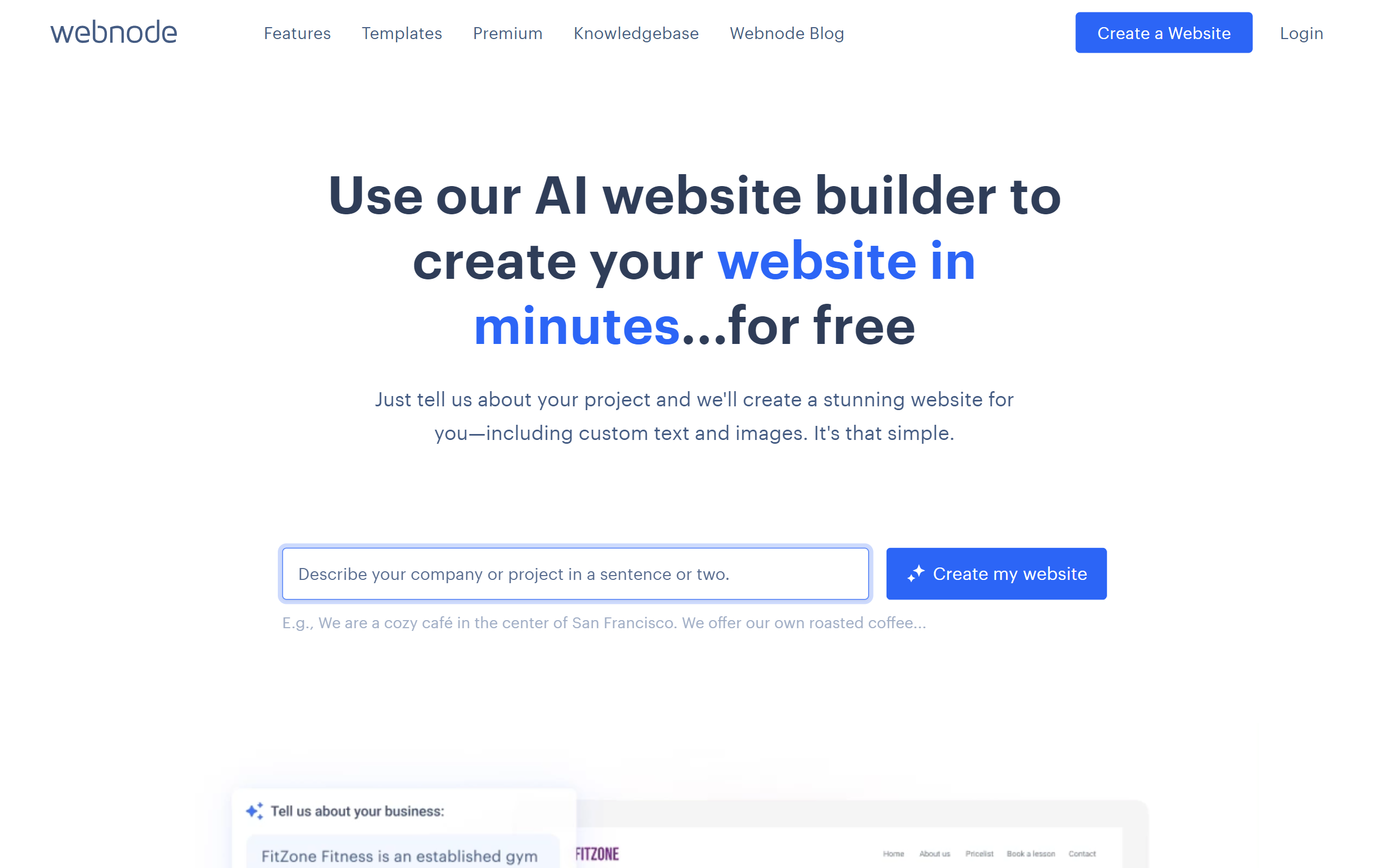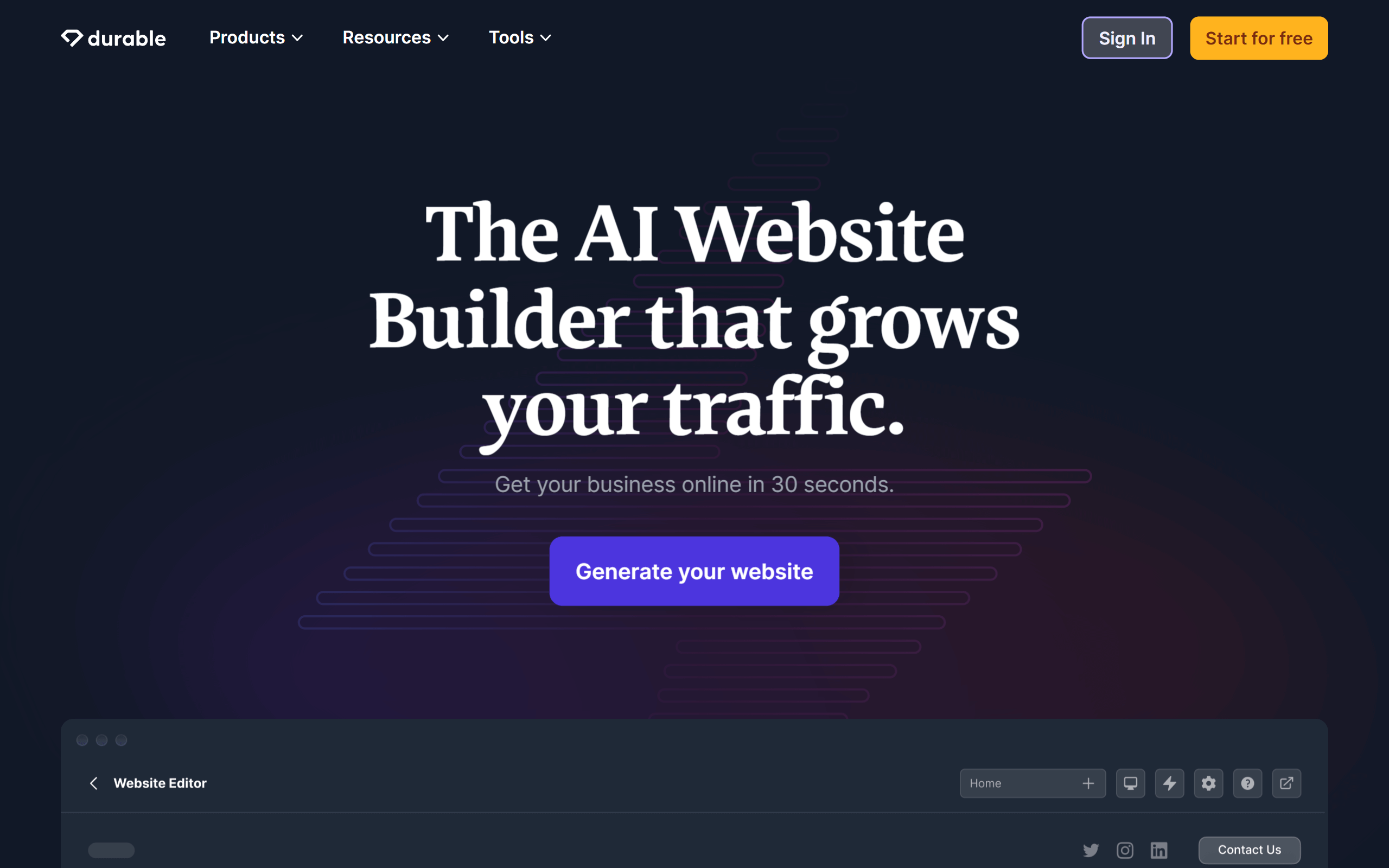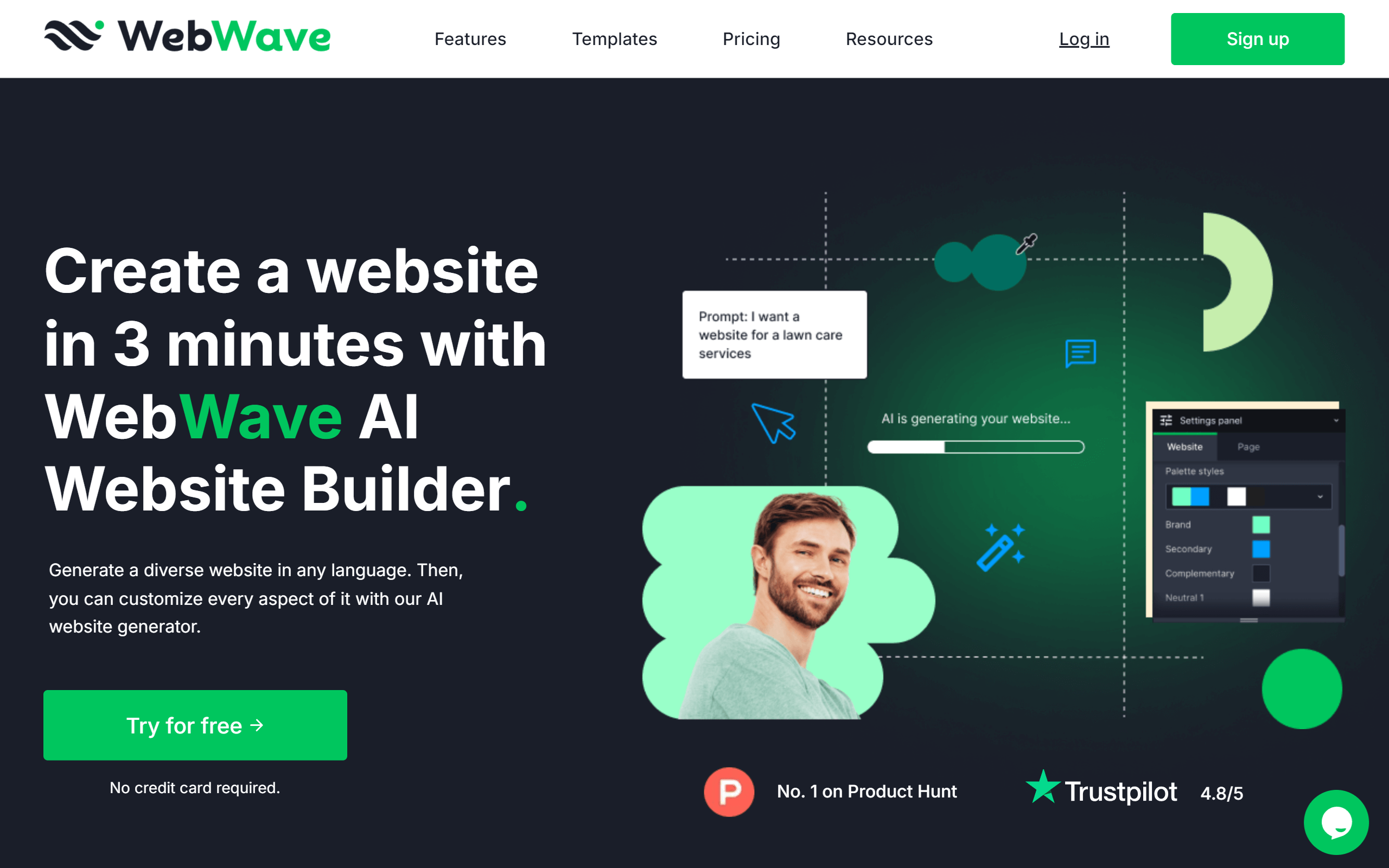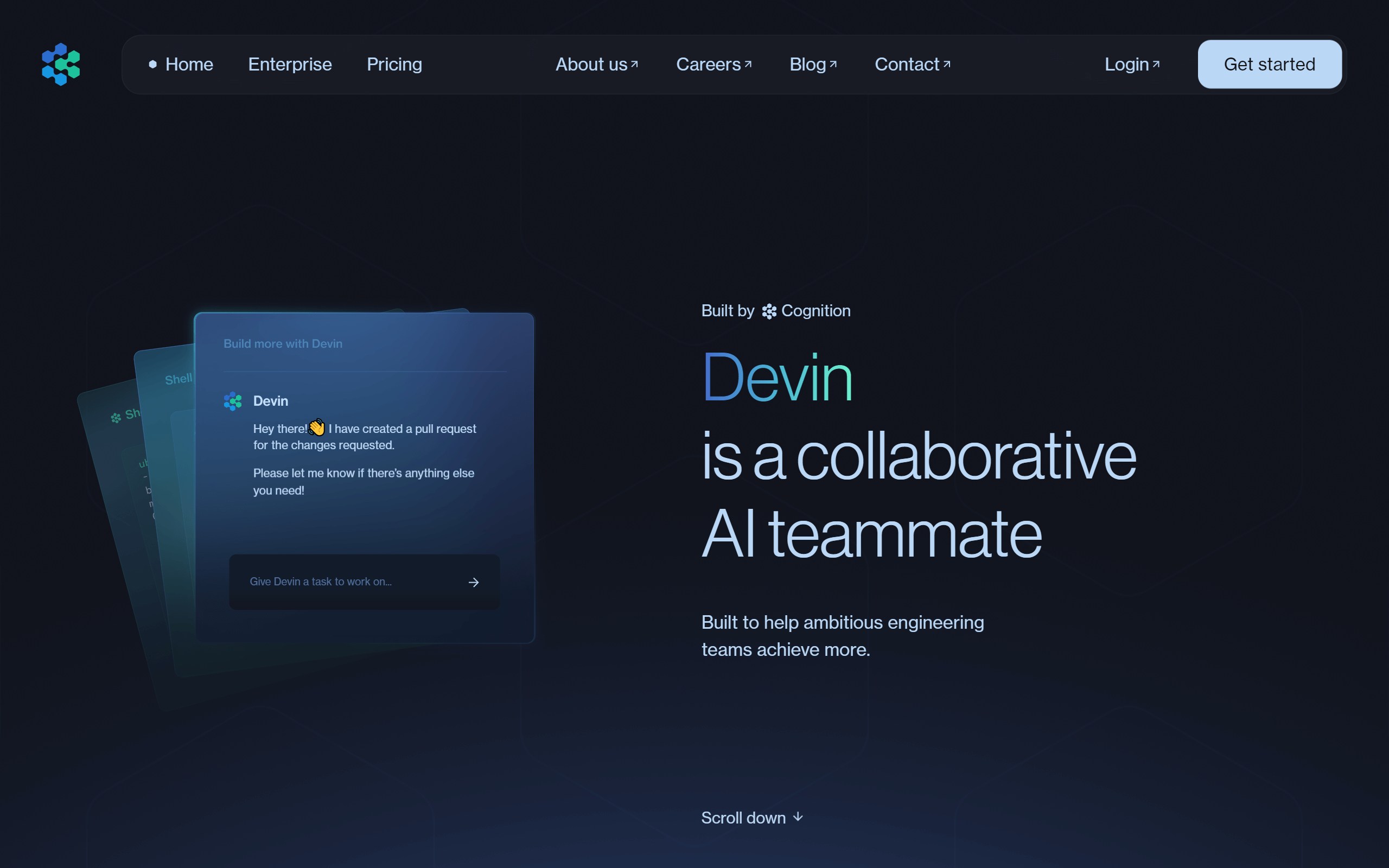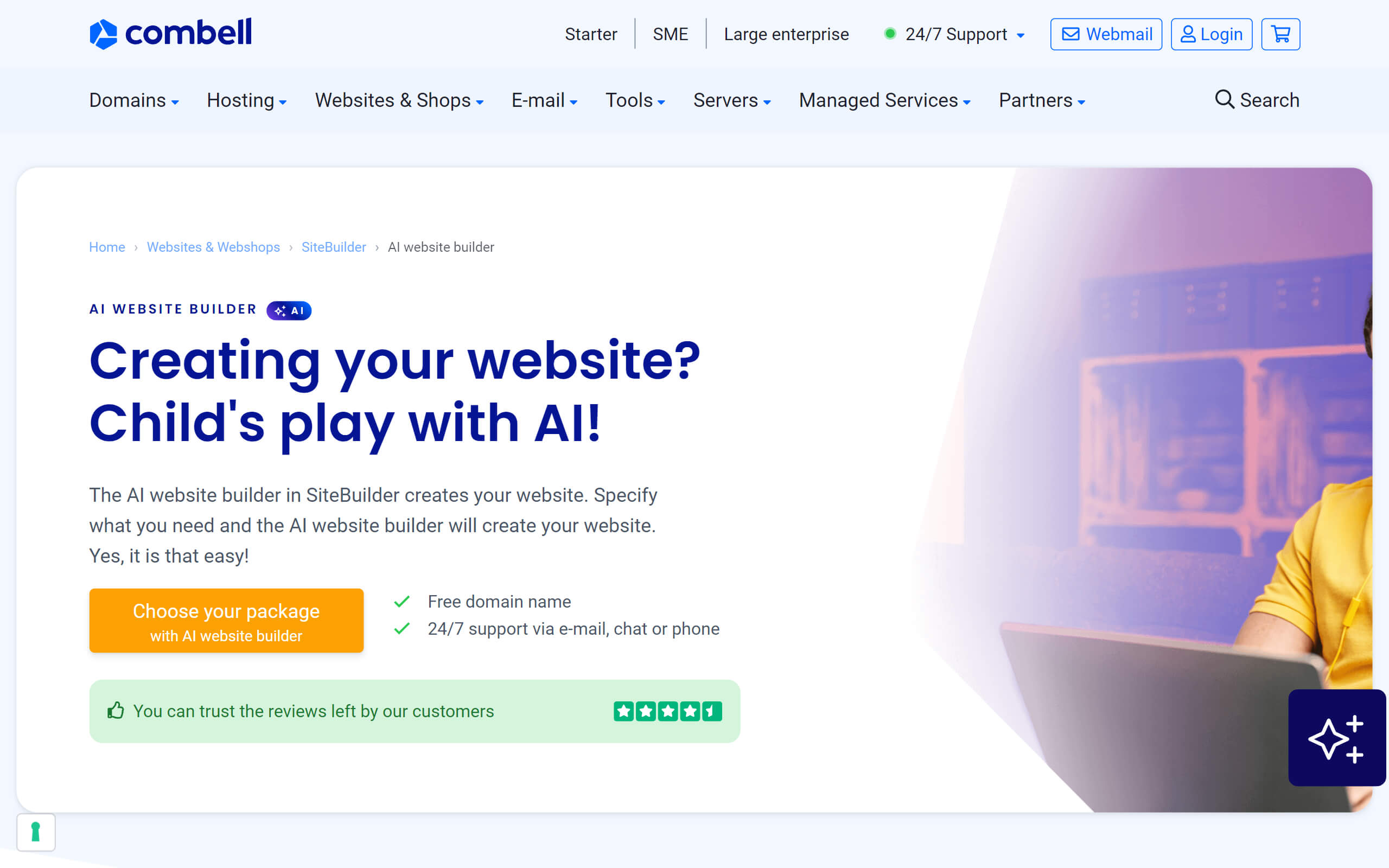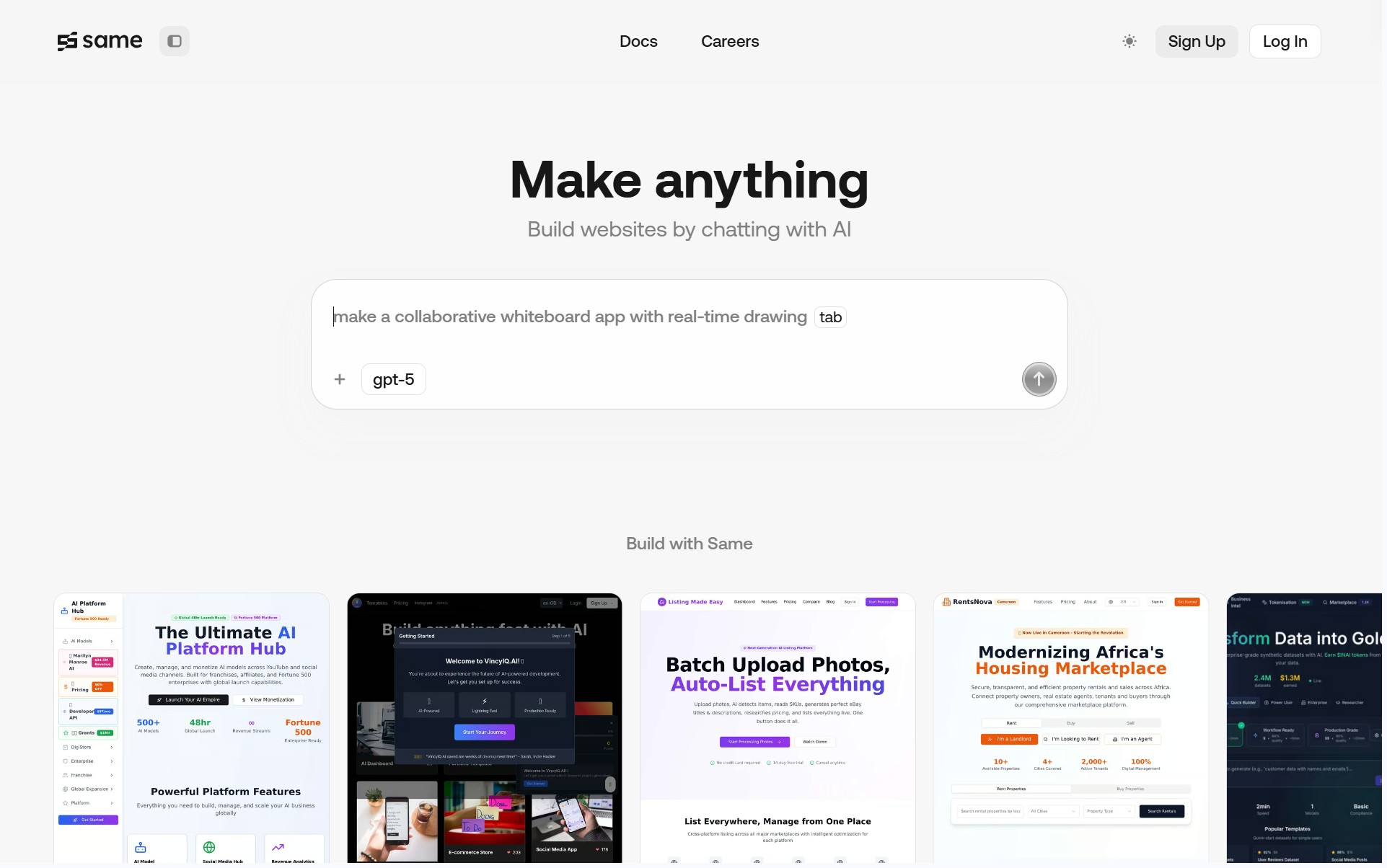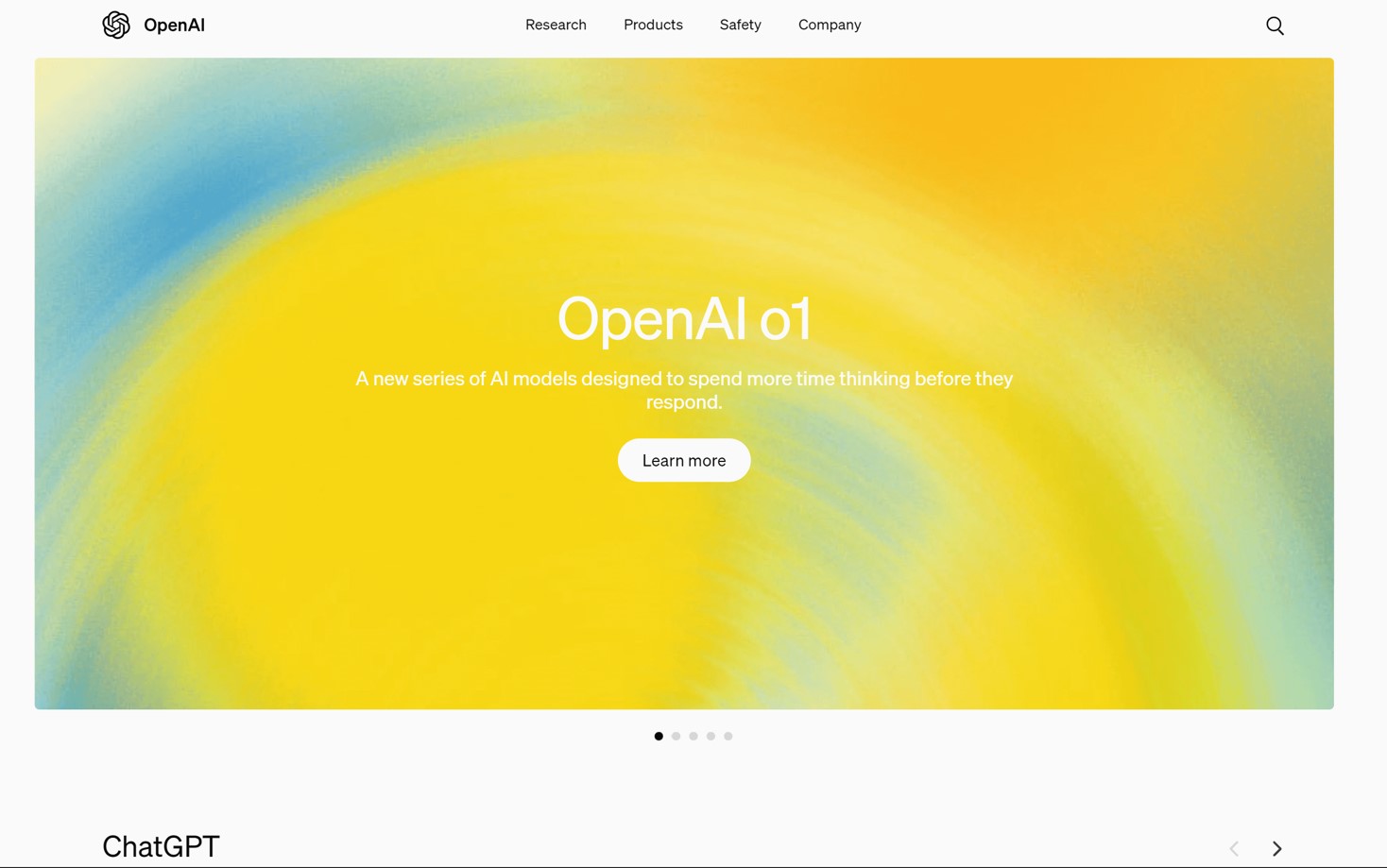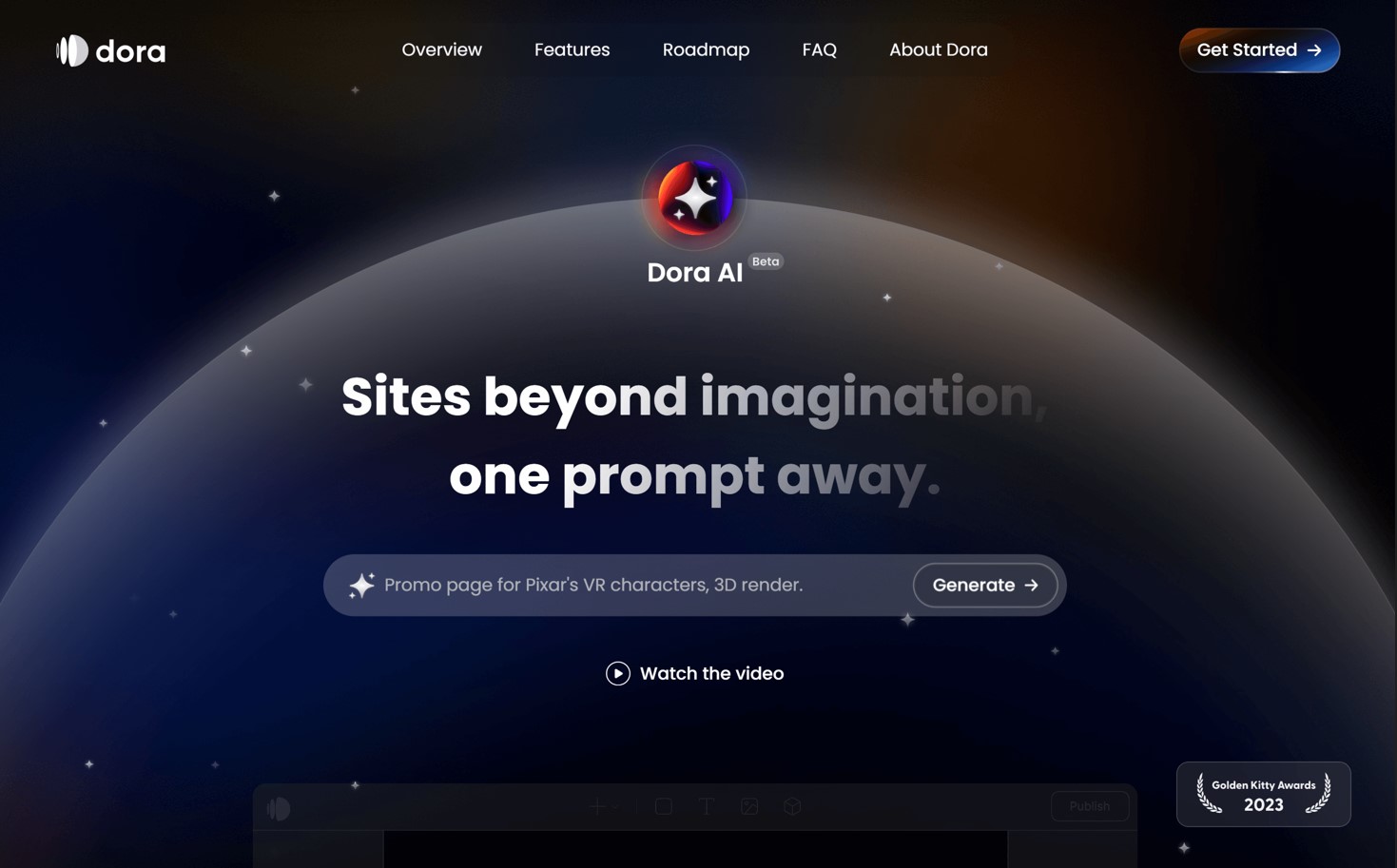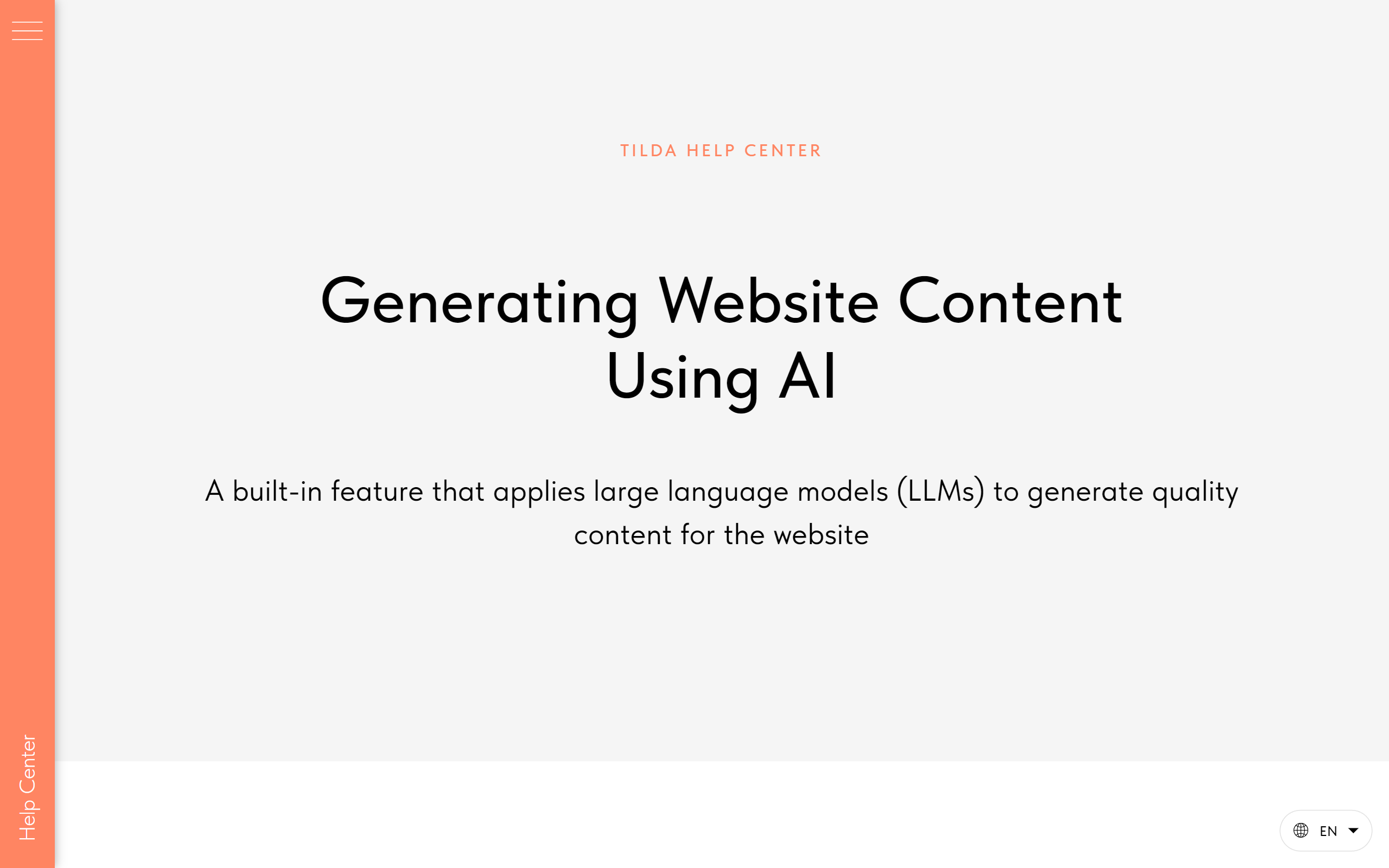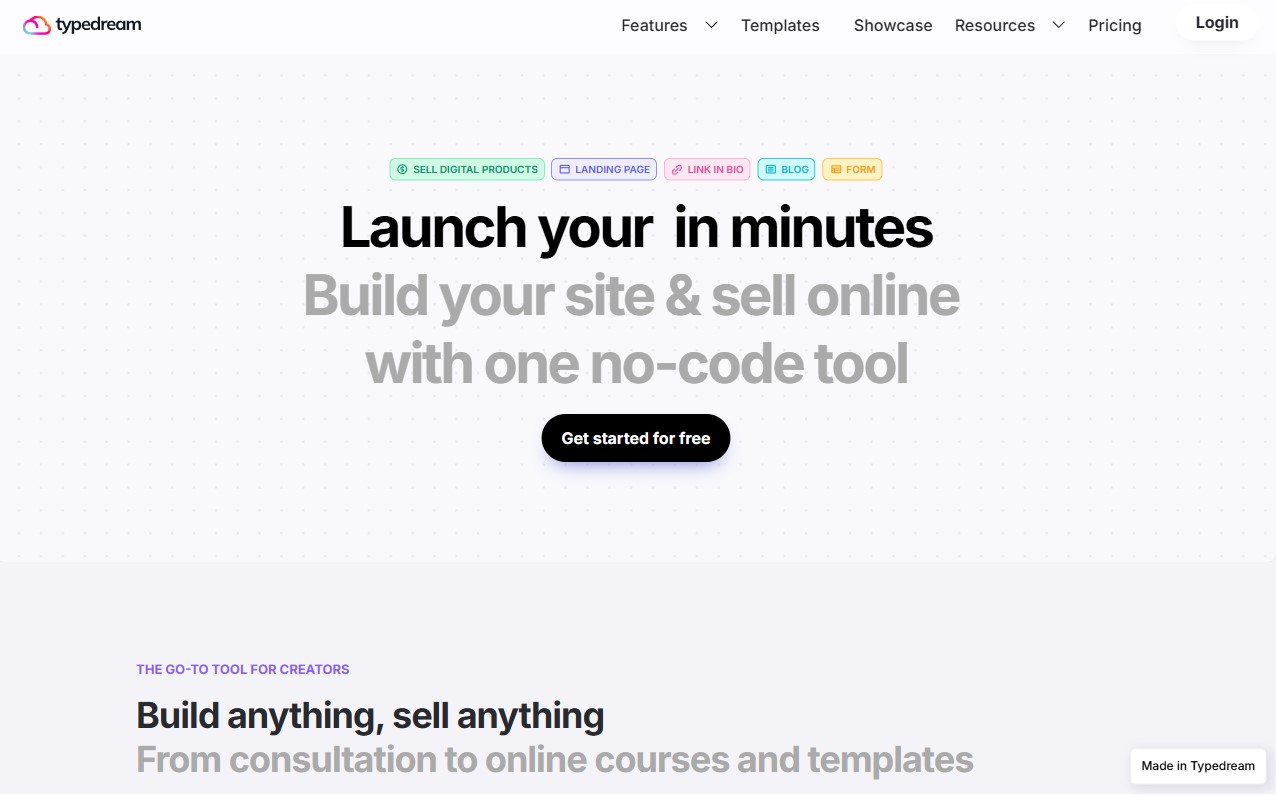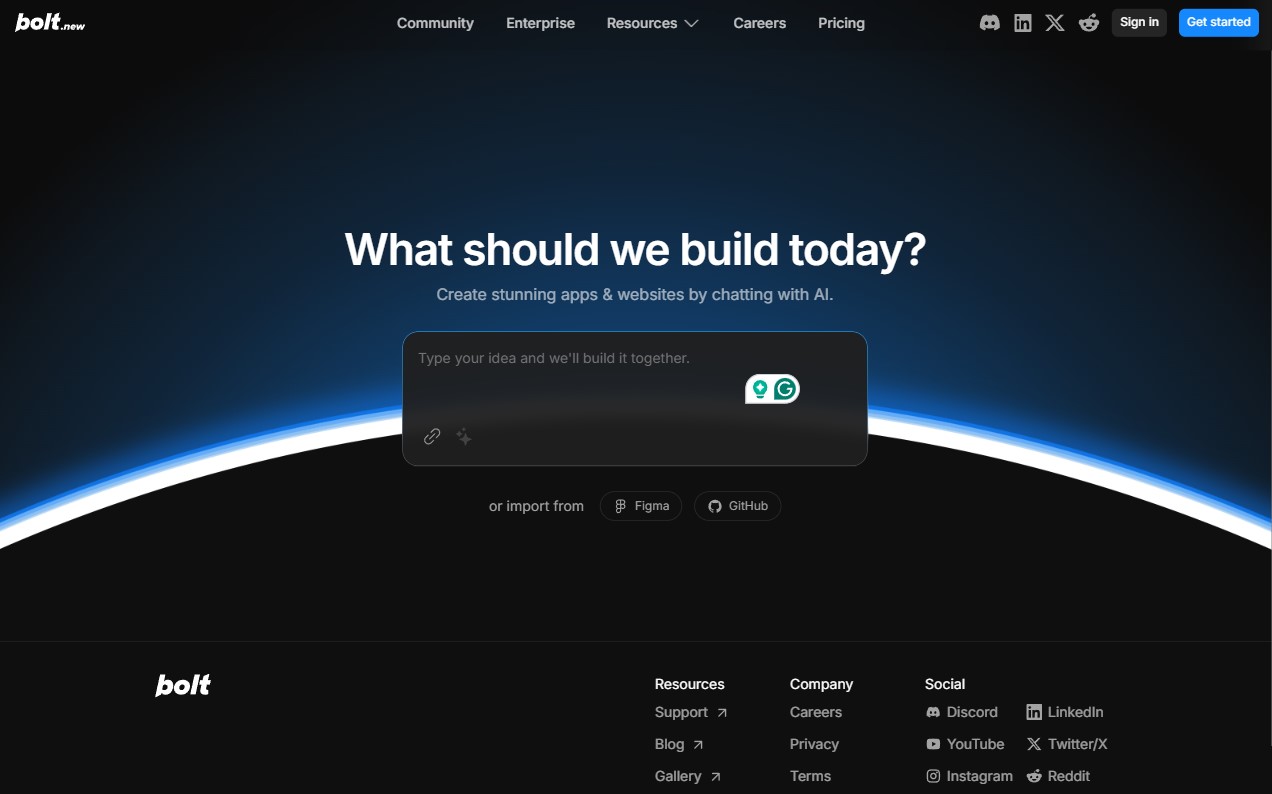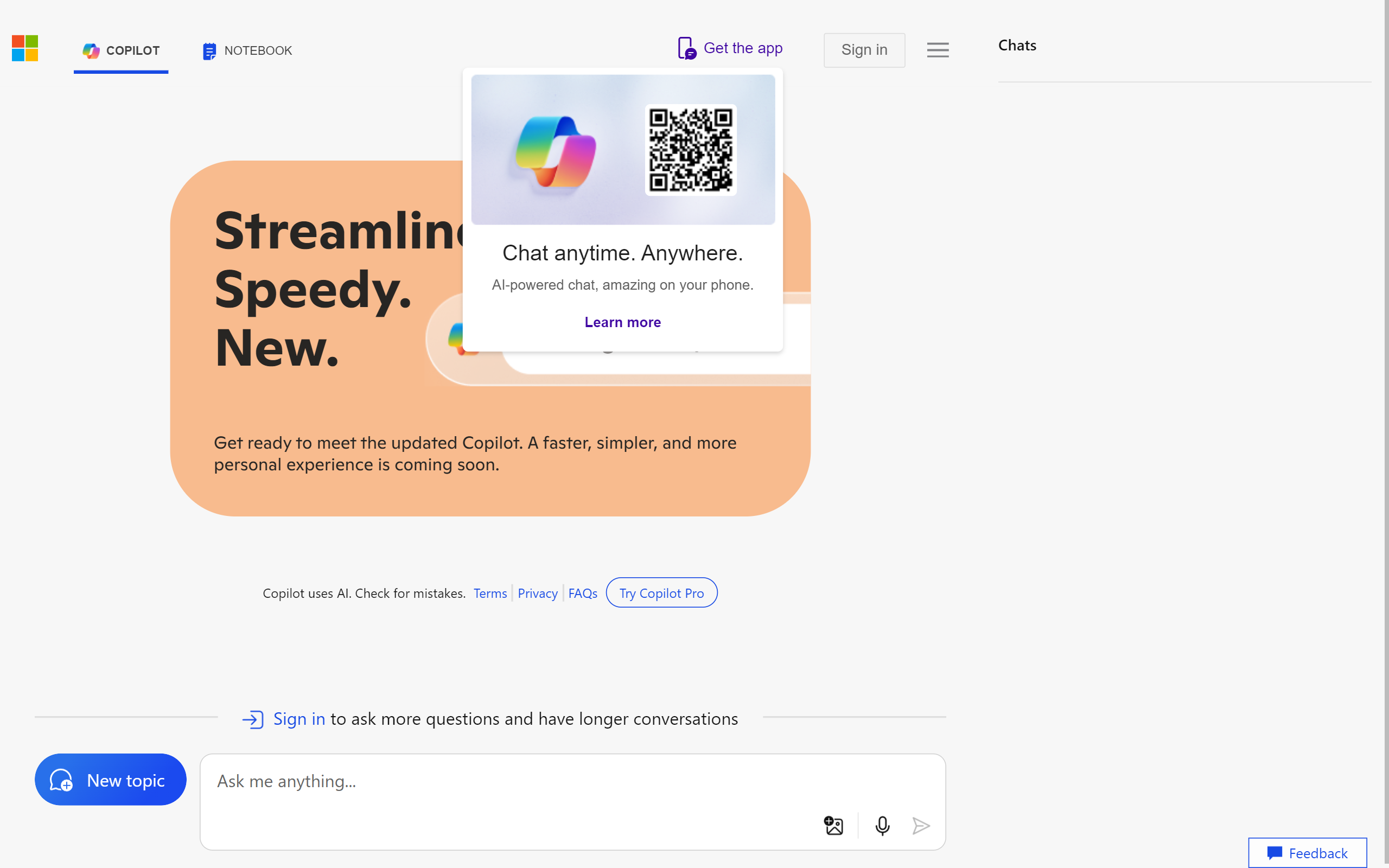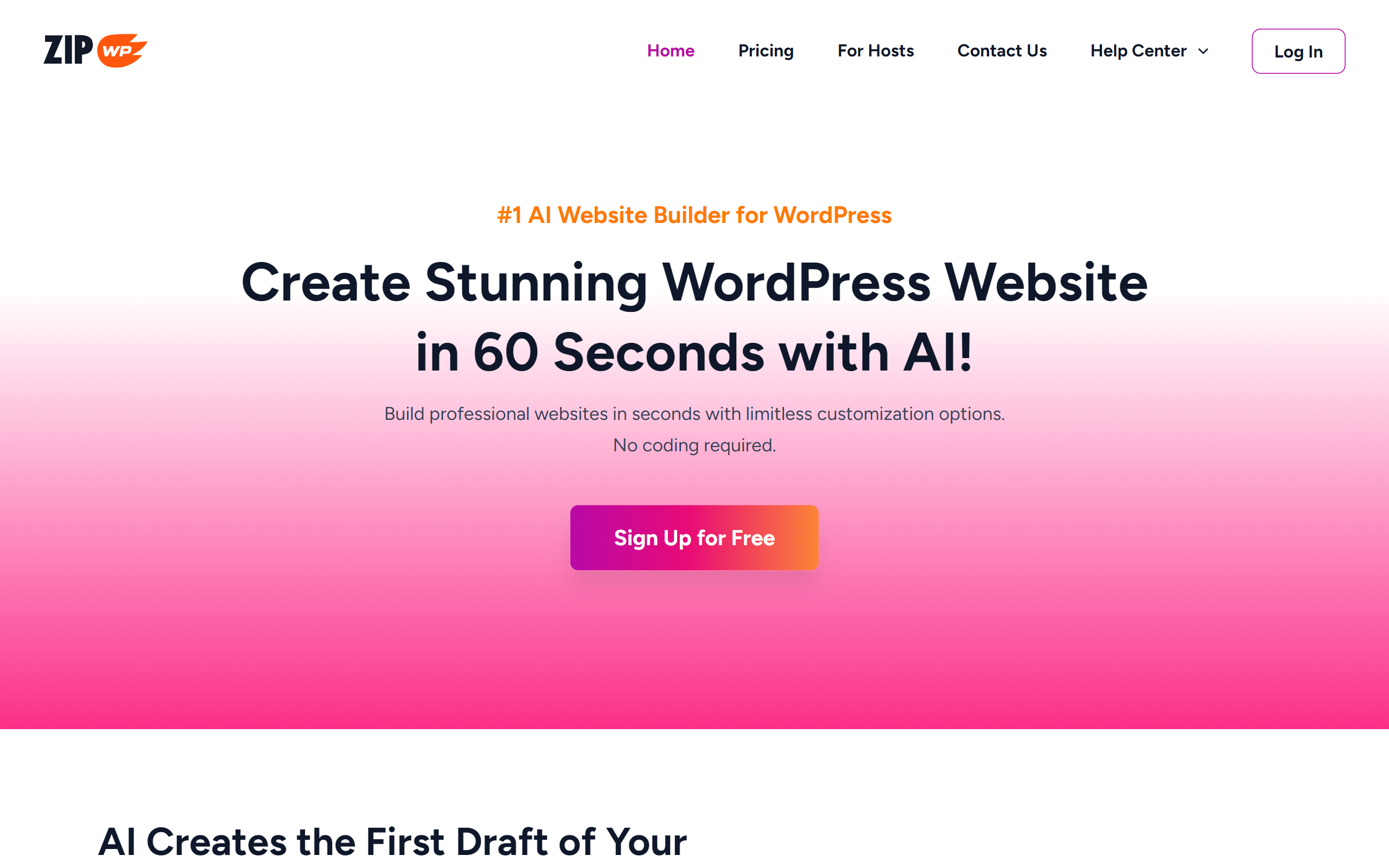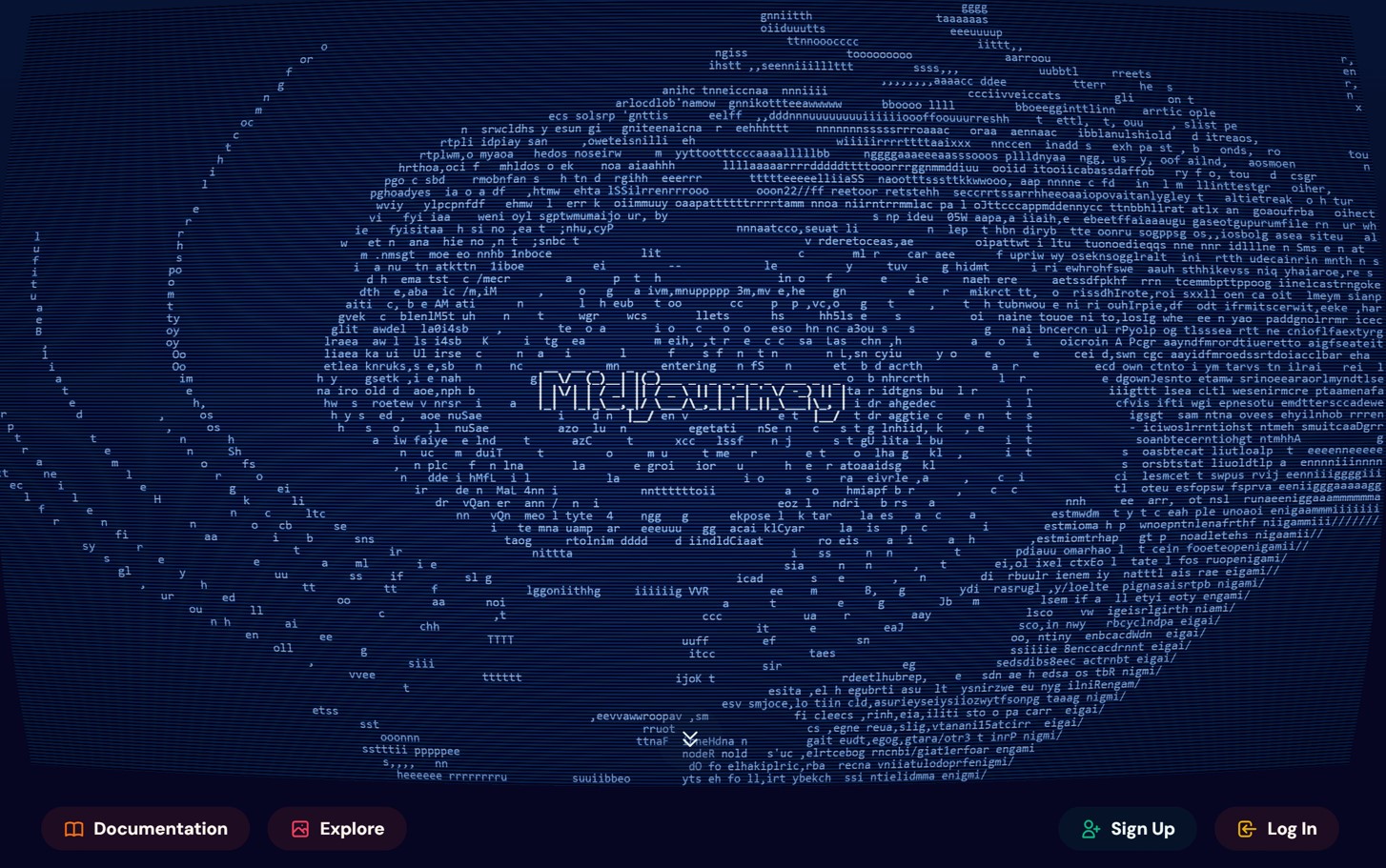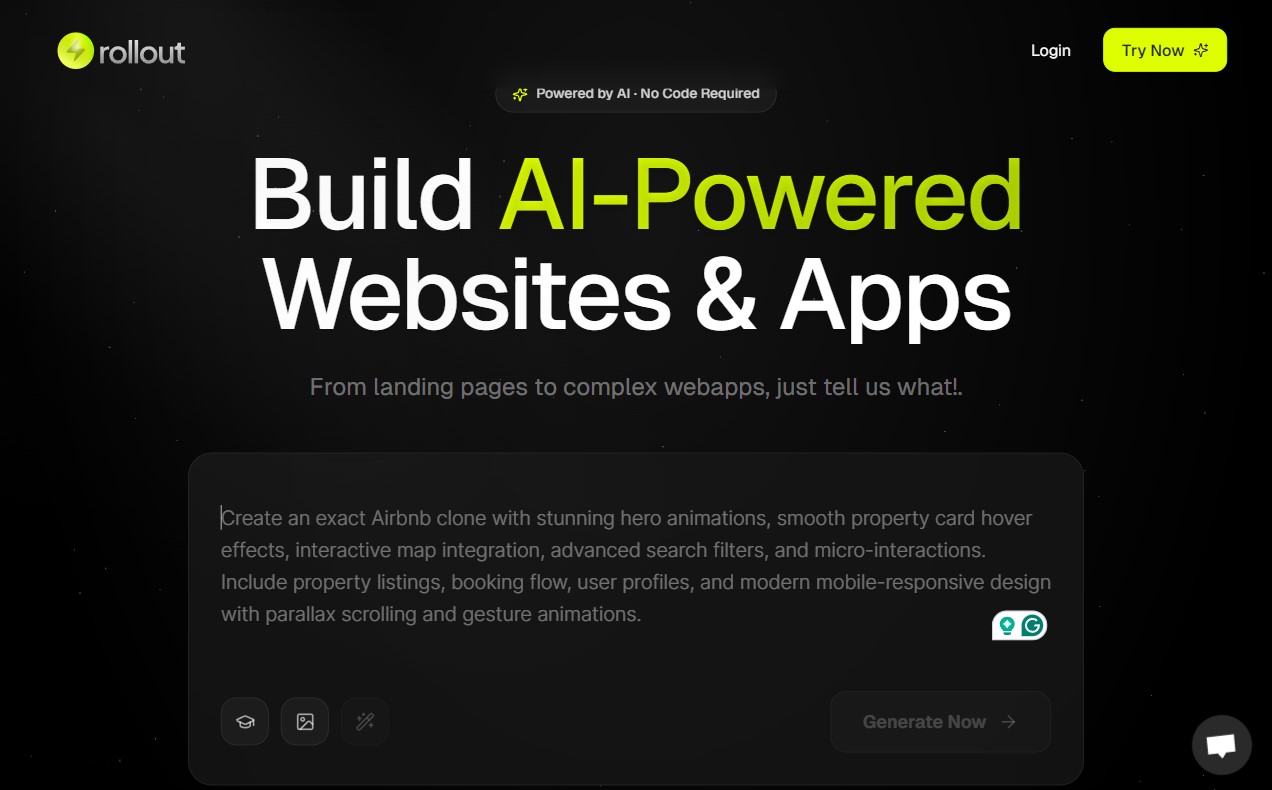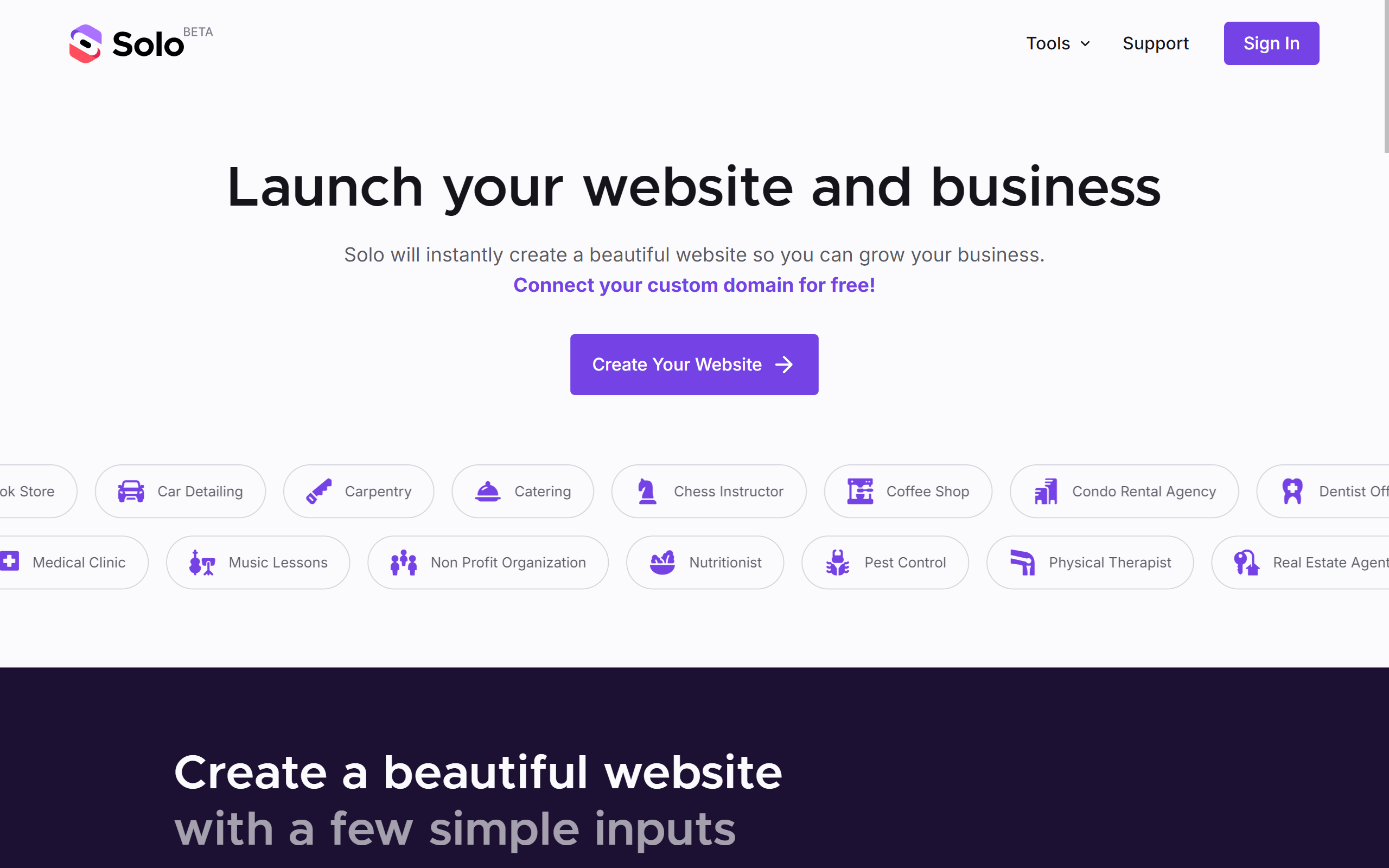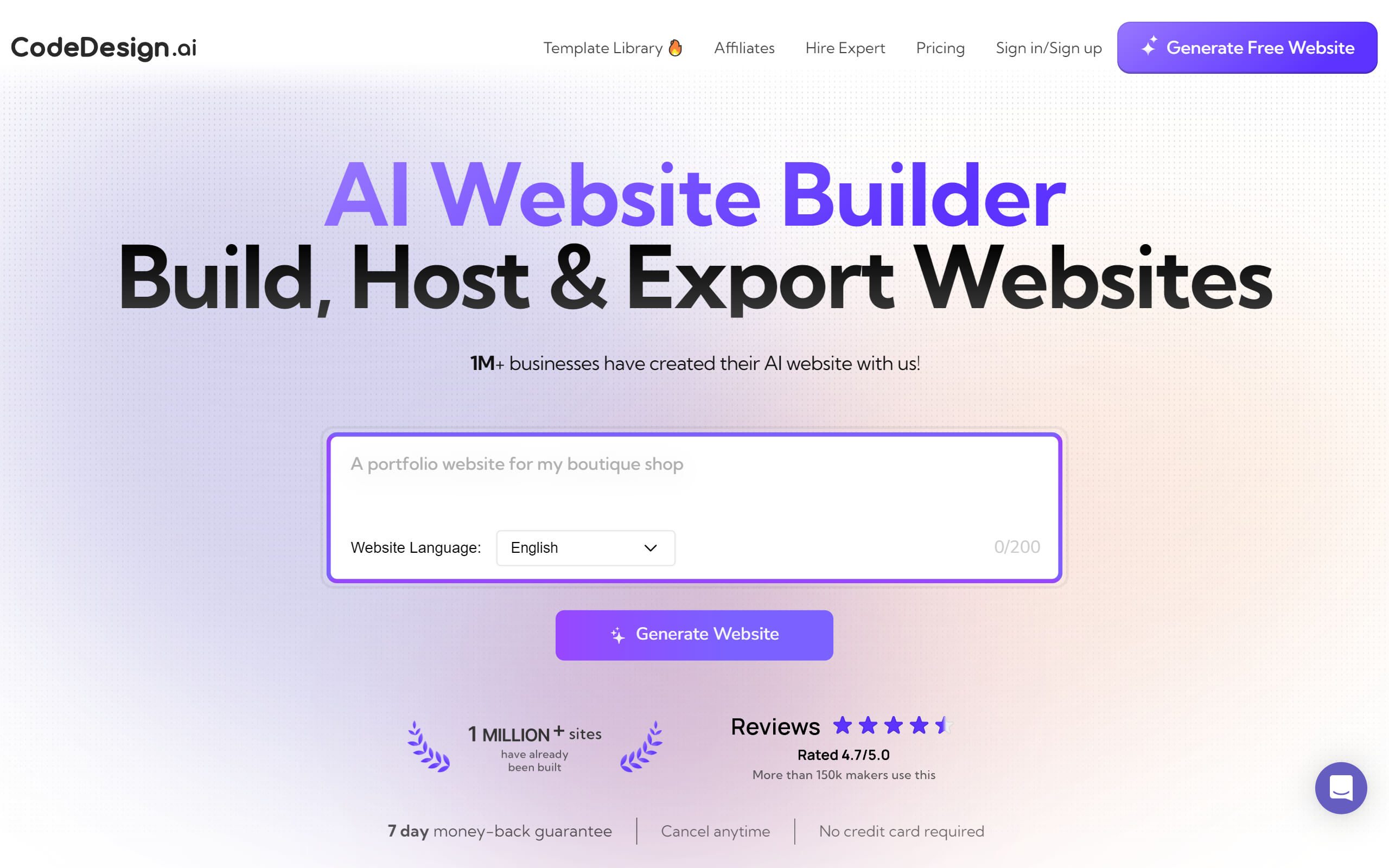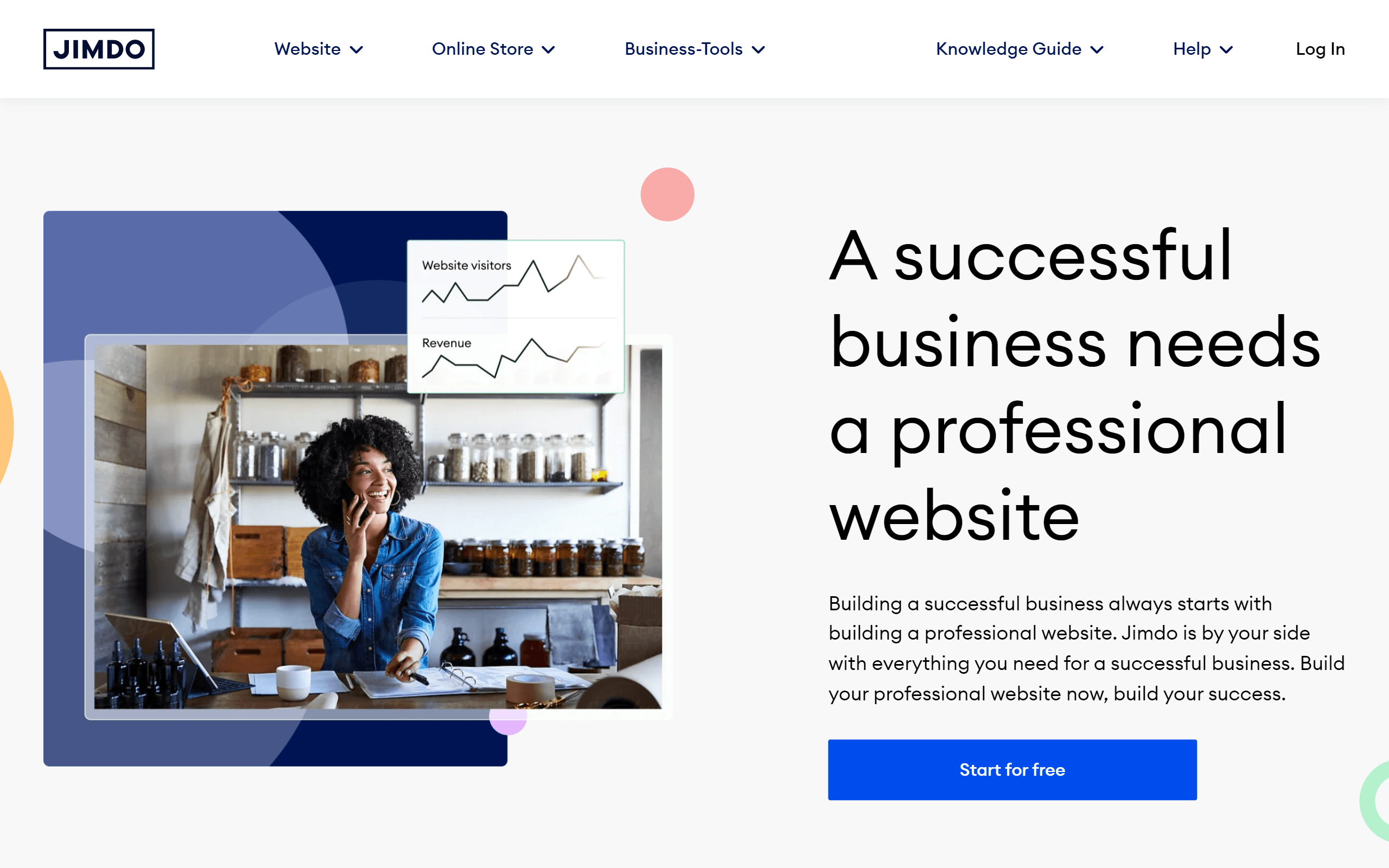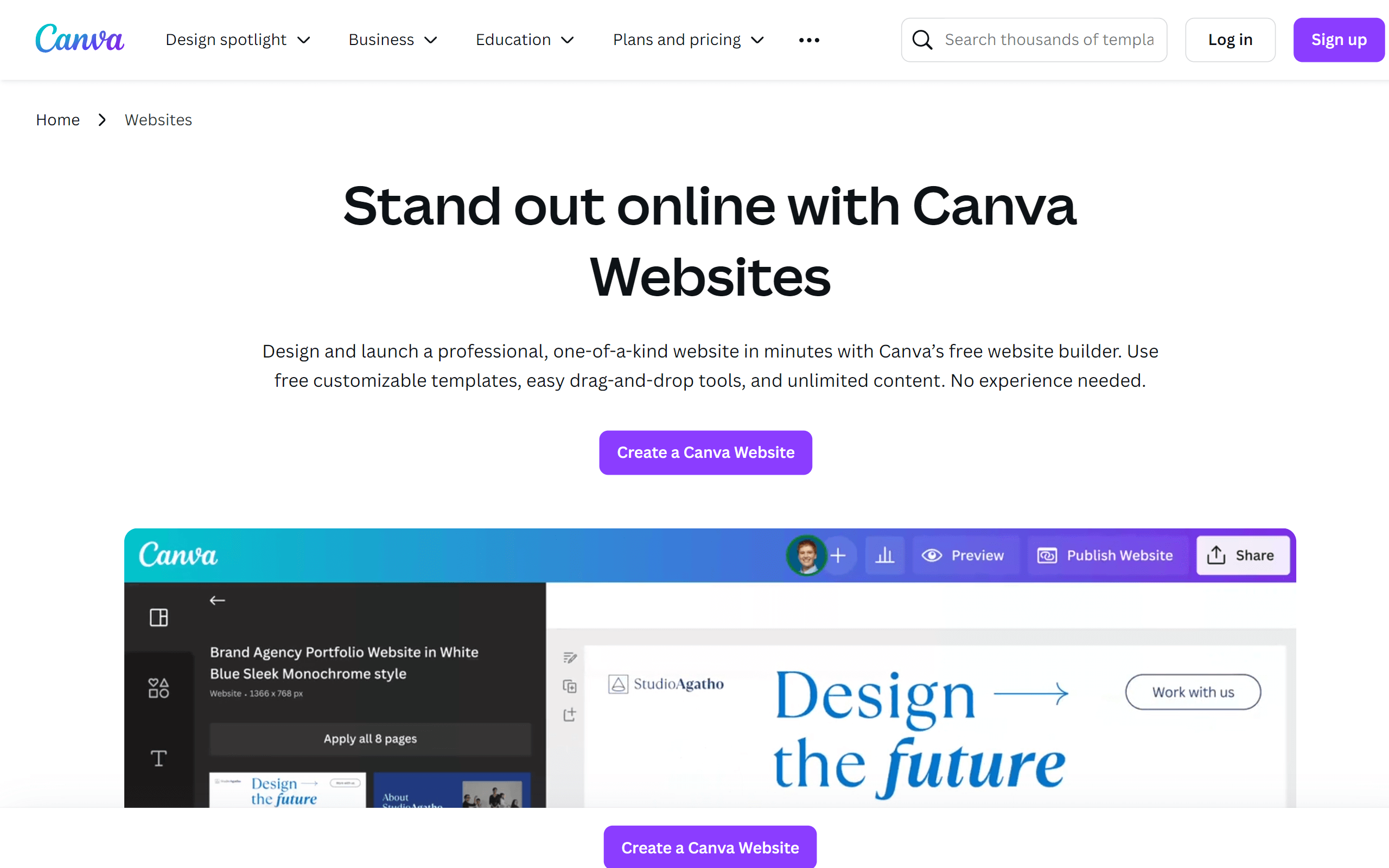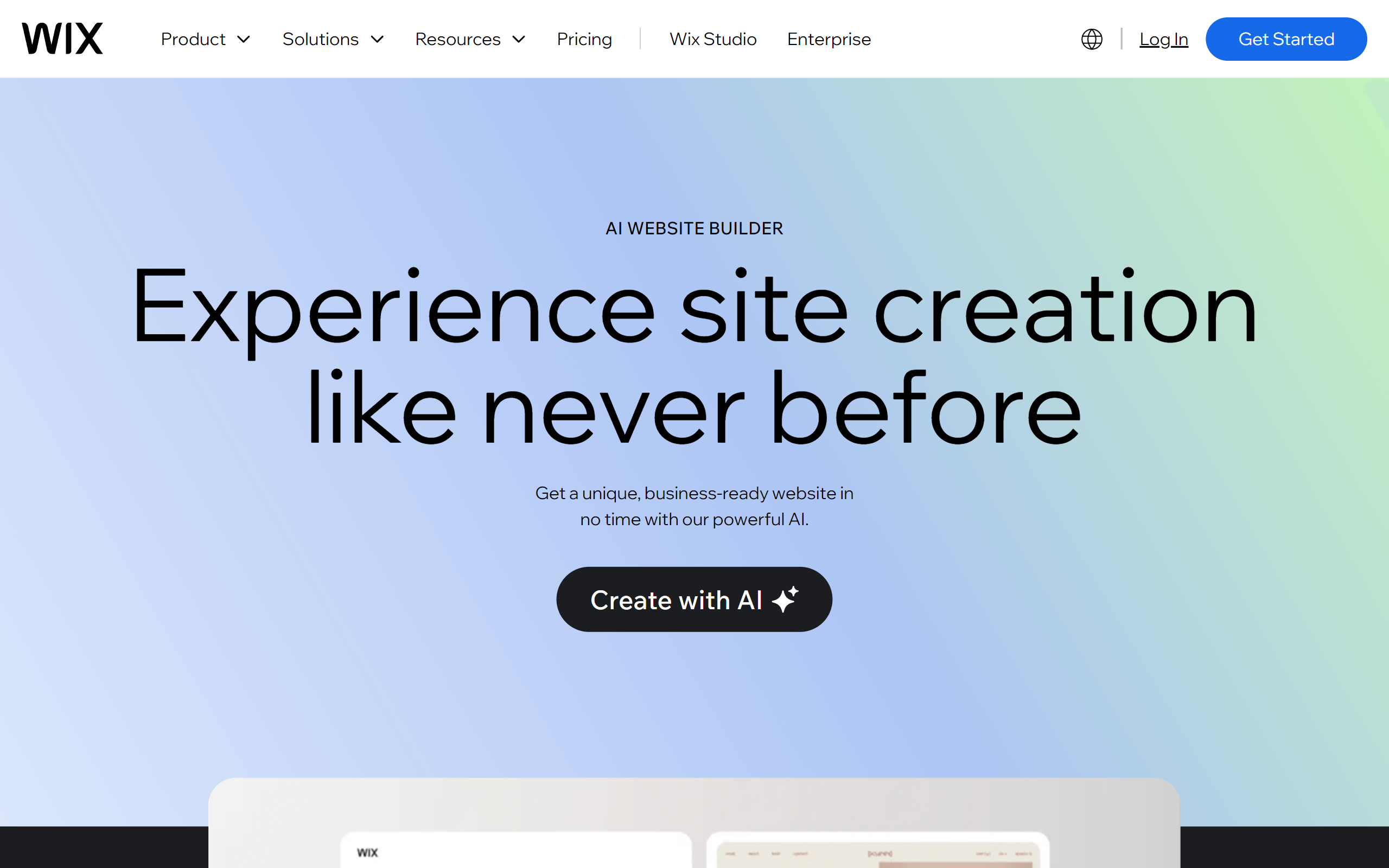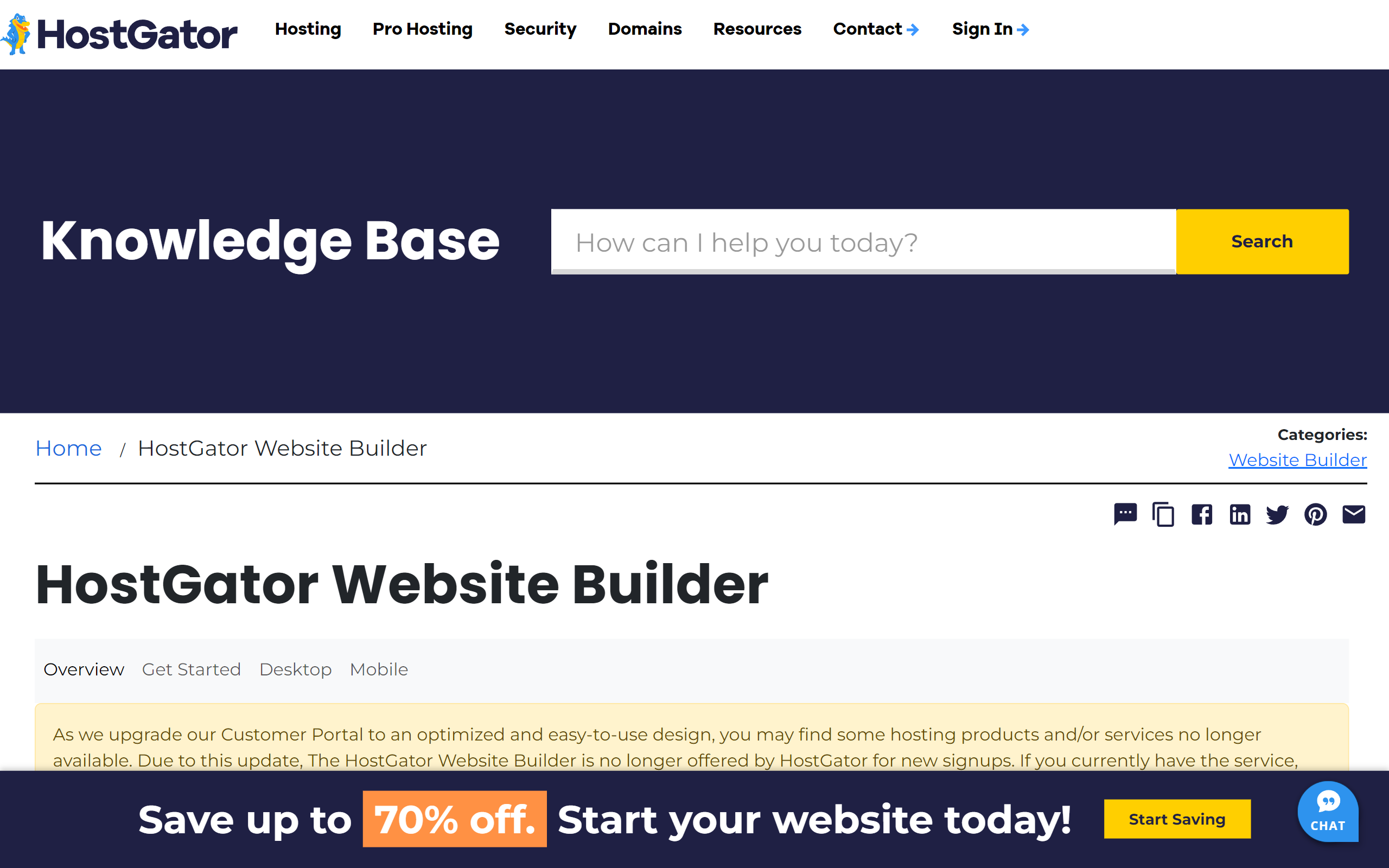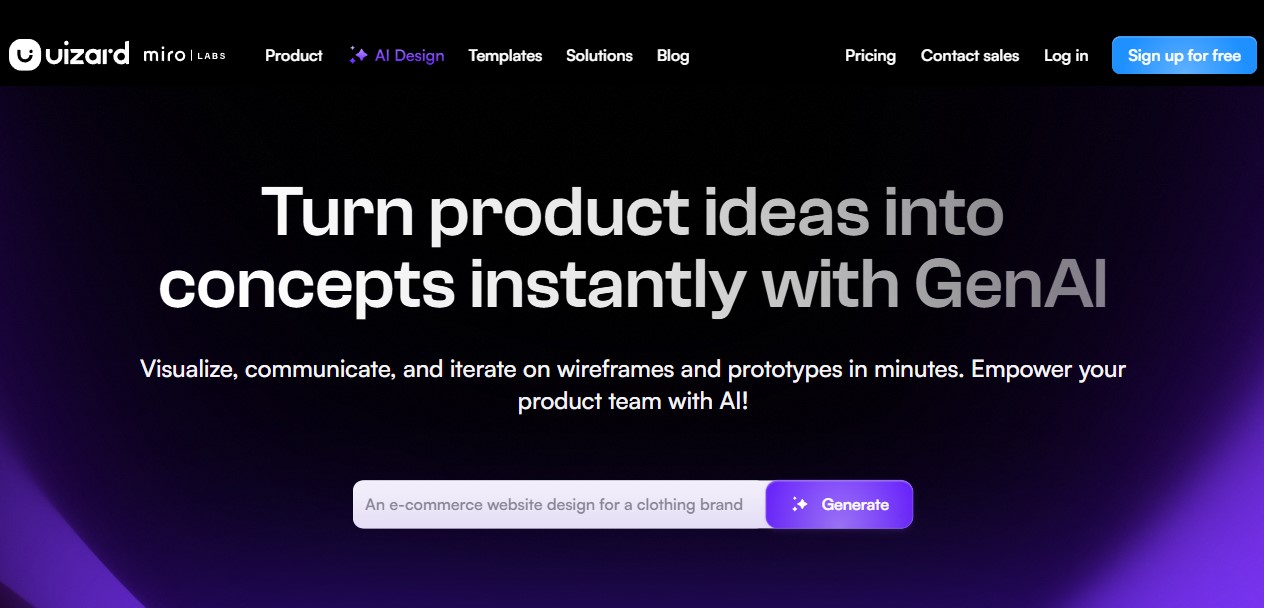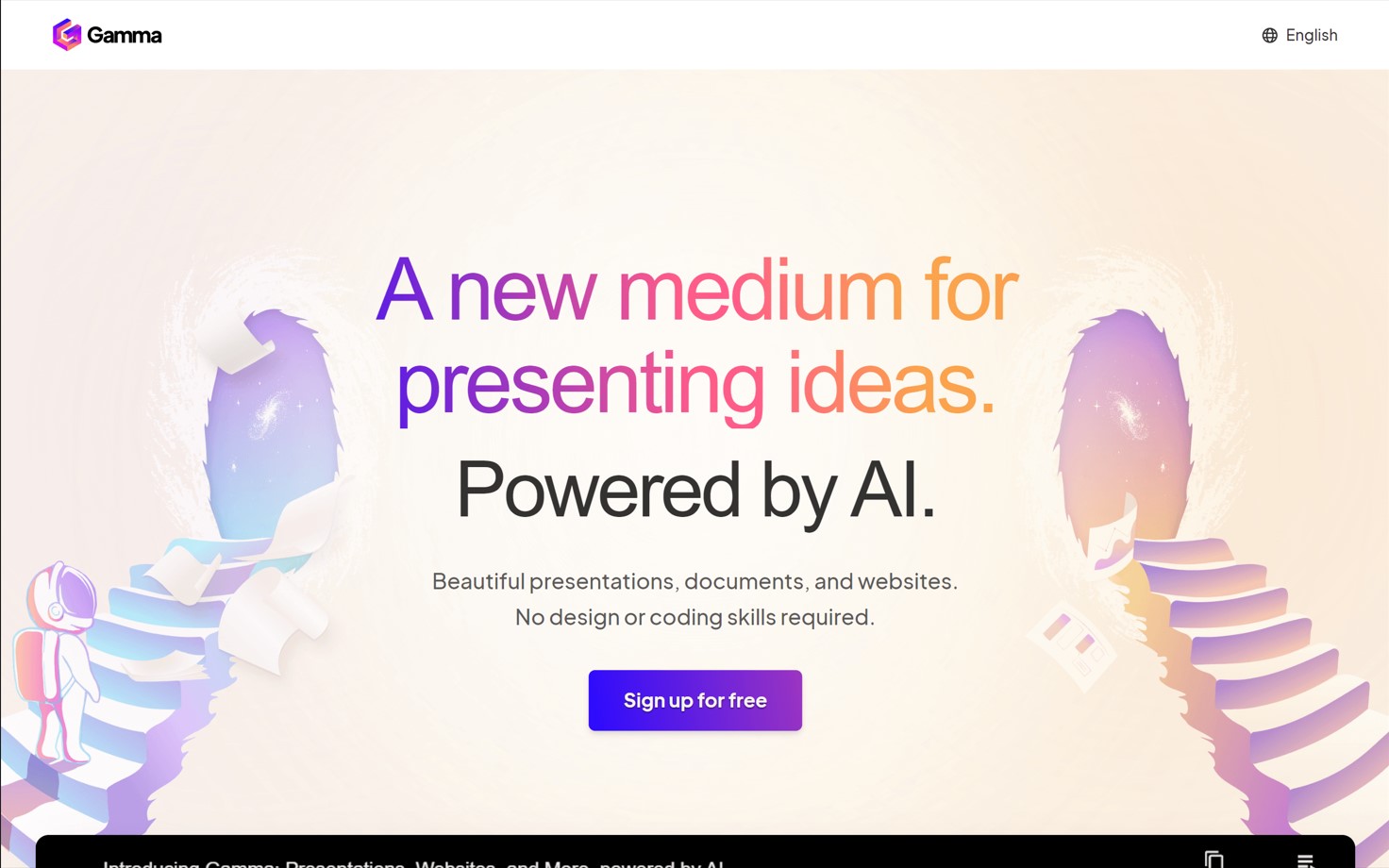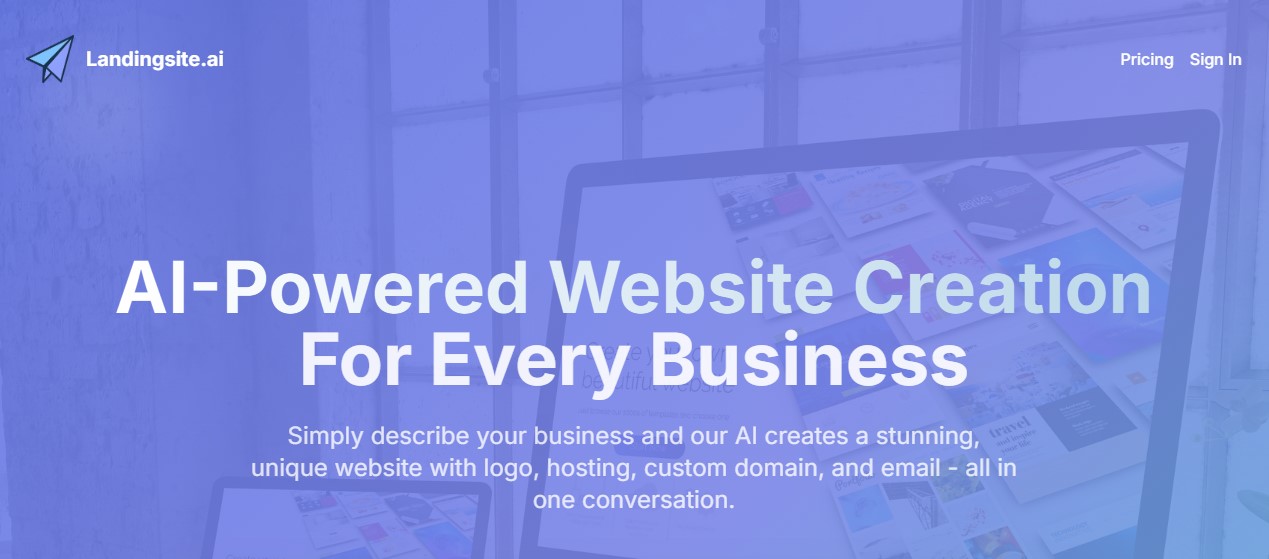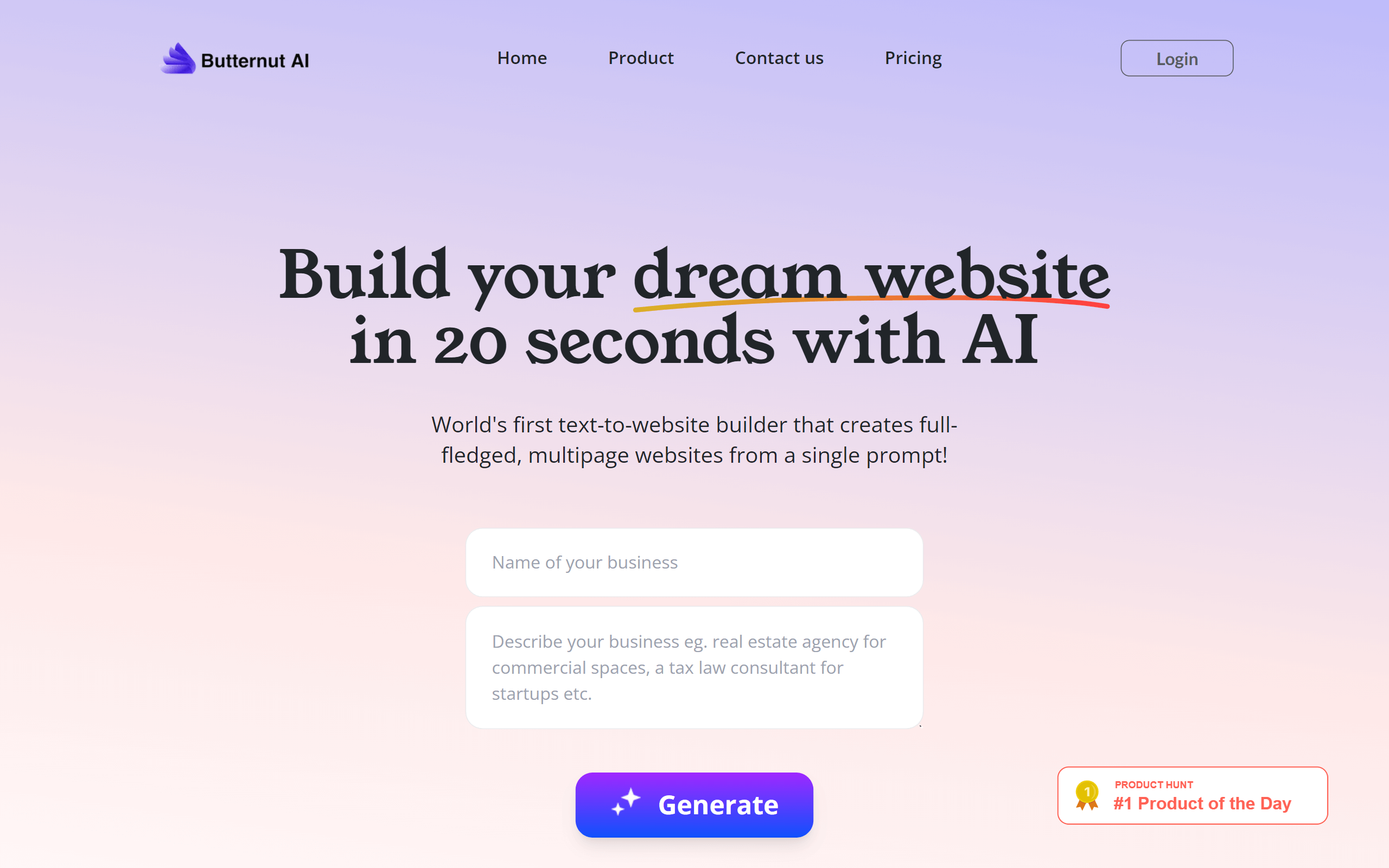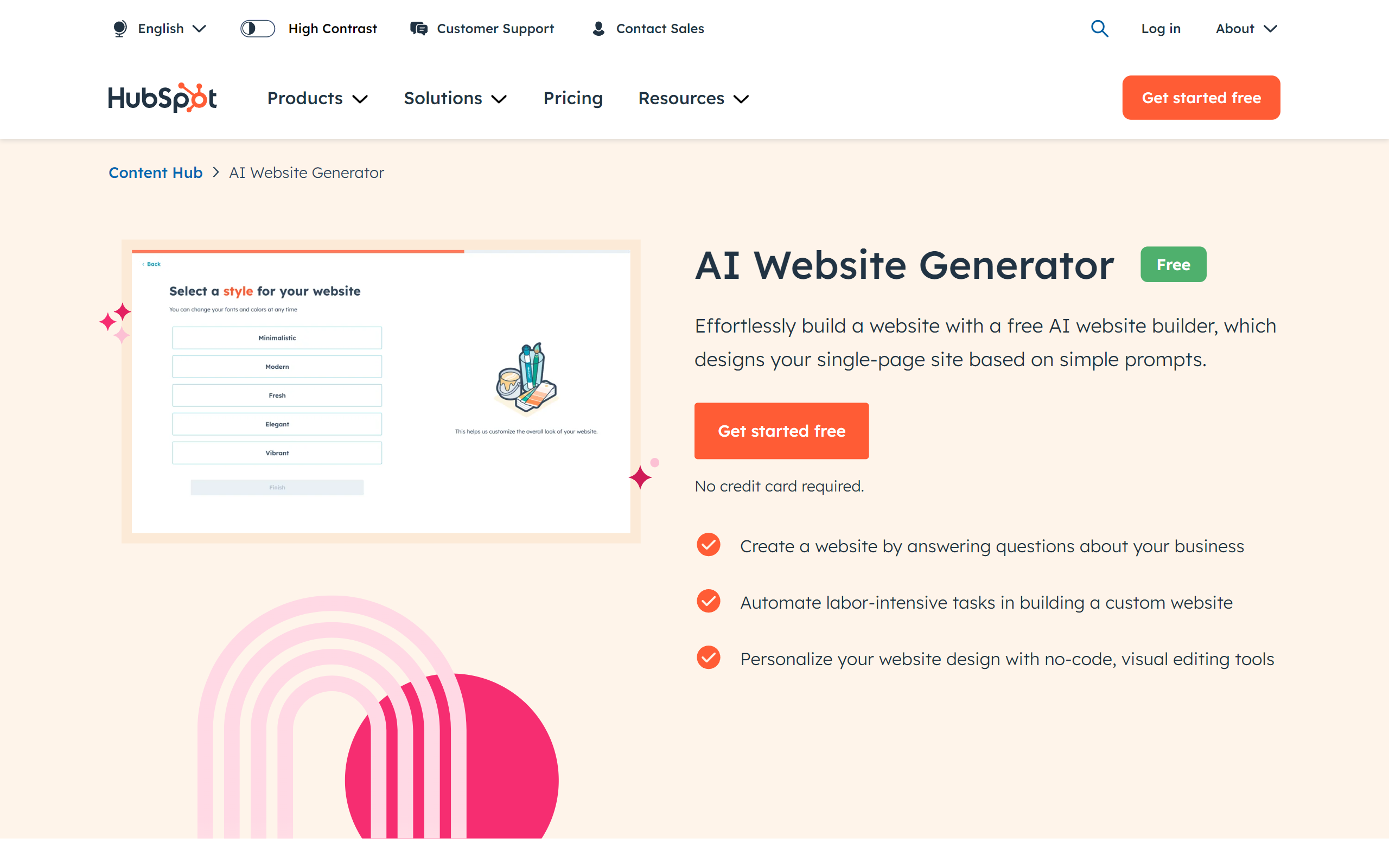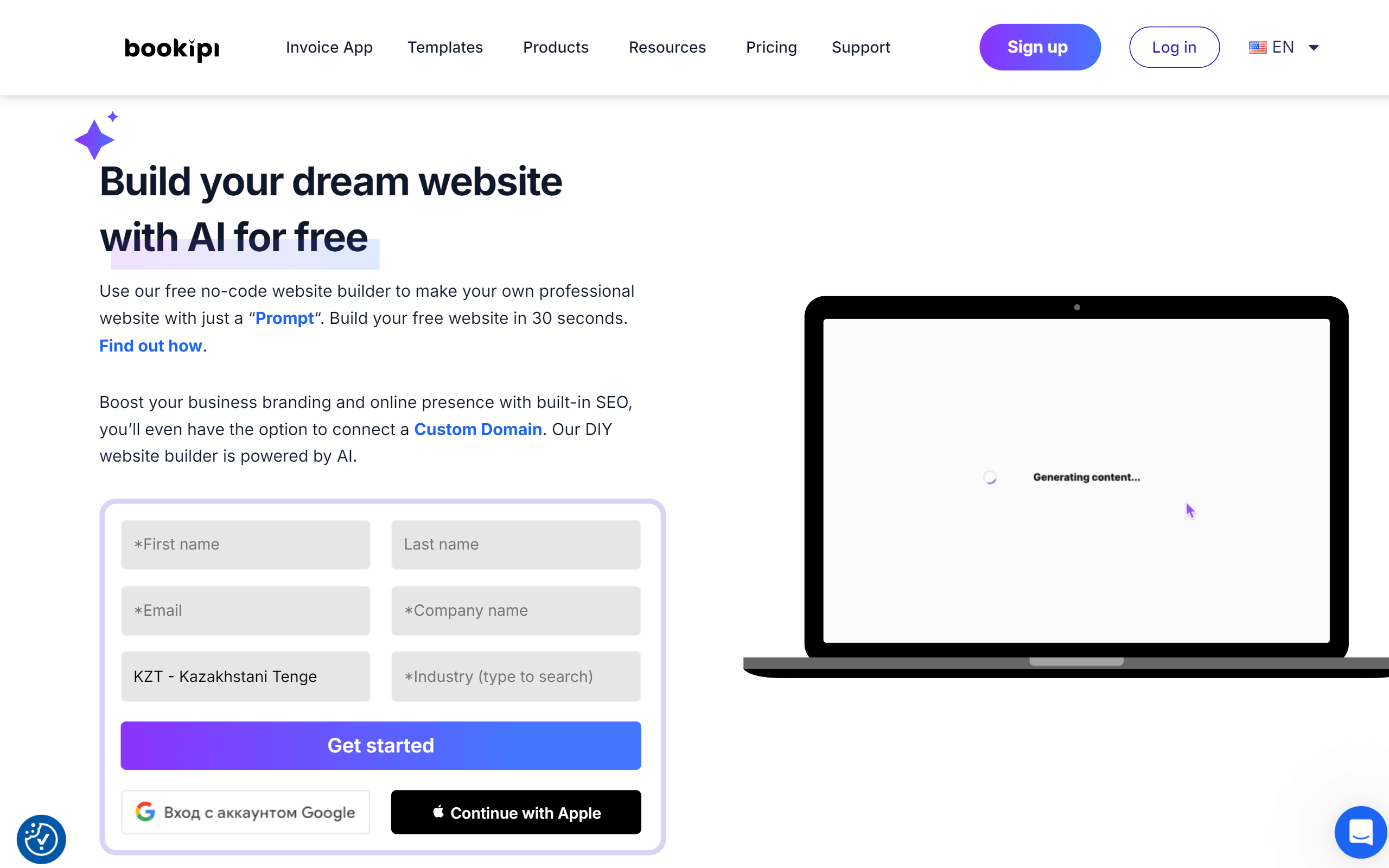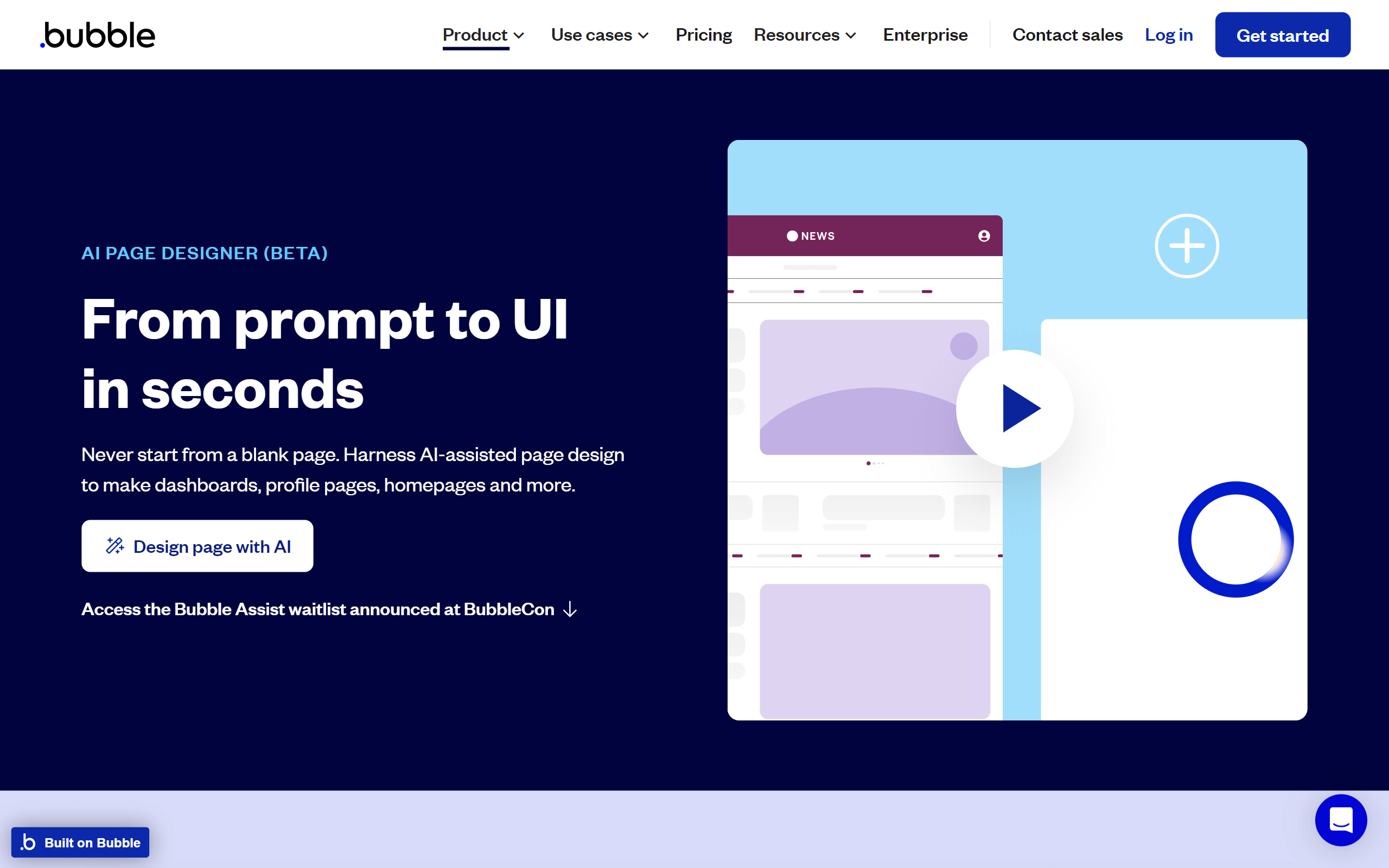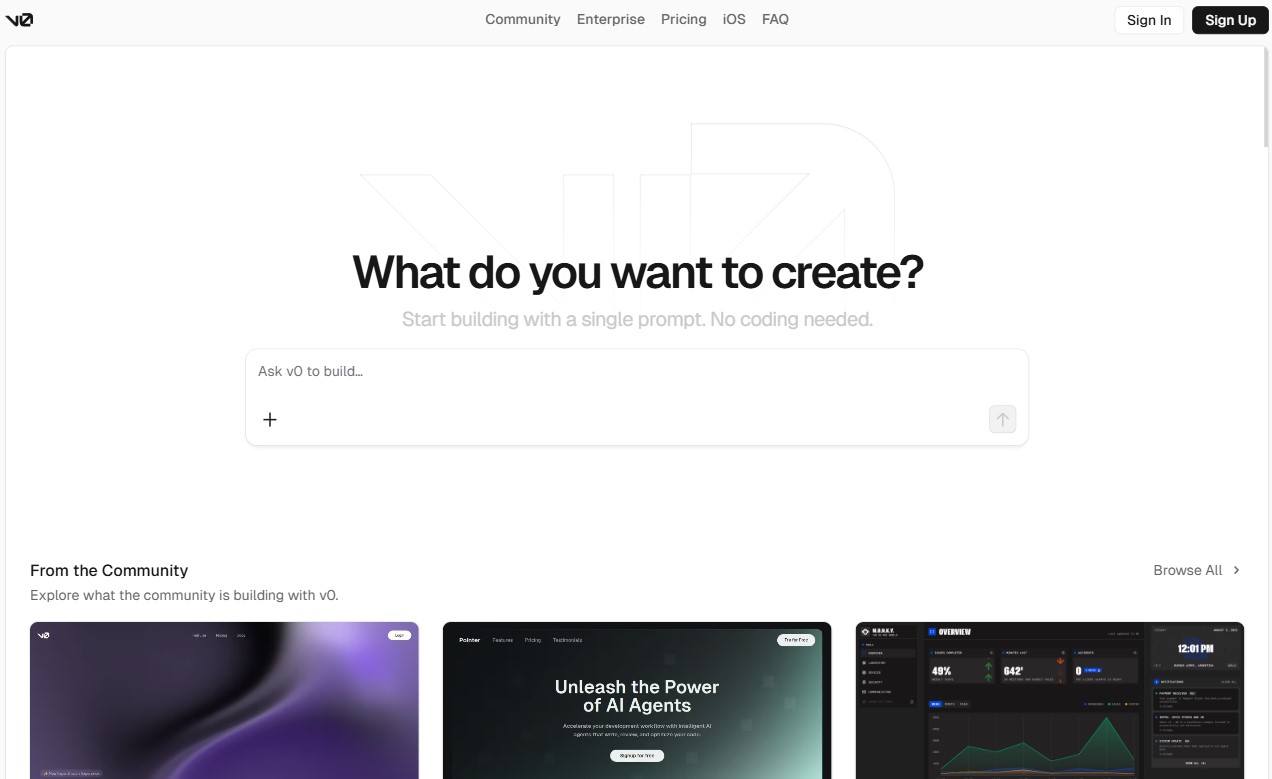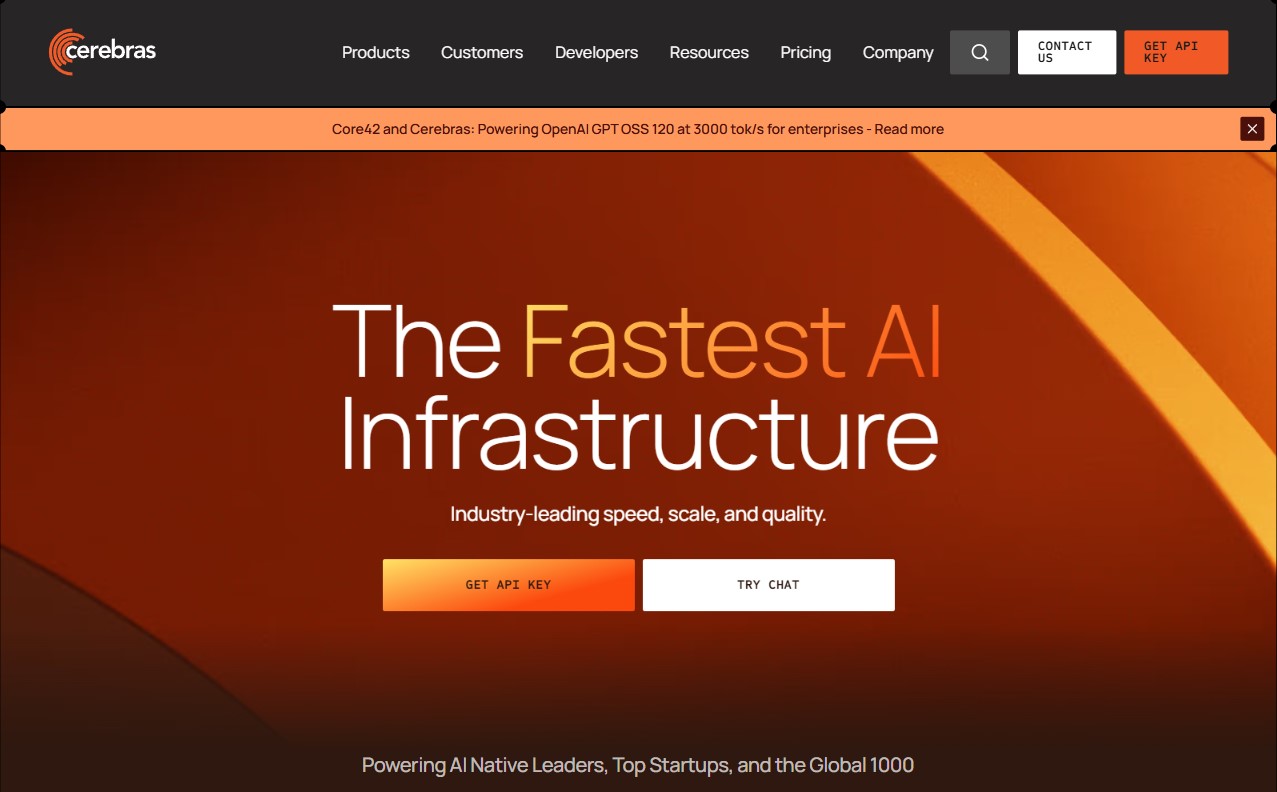| Mobirise AI |
Very easy; prompt-to-site workflow for fast launches |
Good for one-page and small sites; limited deep coding |
Free; strong value for basic needs |
Generates layouts, copy and assets from prompts |
Fewer integrations, template similarity, limited enterprise tools |
| Wix |
High; ADI and drag-and-drop plus AI suggestions |
Moderate-high via apps and design controls |
Free tier; paid plans required for advanced features |
Wix ADI and content assistants for copy and layout |
Bloated output at times, AI needs editing, subscription complexity |
| Squarespace |
Strong; guided templates and designer tools |
Good creative control; fewer developer APIs |
Mid-range; hosting and commerce bundled |
Image editing, caption and layout suggestions |
Generic AI copy risk, limited third-party ecosystem |
| WordPress |
Varies; managed hosting is easier than self-hosting |
Extensive via themes, plugins and custom code |
Core free; hosting and plugin costs add up |
Wide plugin ecosystem: AI drafting, SEO, image tools |
Maintenance burden, compatibility issues, privacy considerations |
| Shopify |
Strong for commerce; guided merchant flows |
Highly flexible for stores via apps and APIs |
Subscription and transaction fees; app costs |
Shopify Magic: product copy, image tools, merchandising |
Platform fees, dependence on apps for niche AI features |
| GoDaddy |
Very easy; wizards and stepwise setup |
Limited layout control and integrations |
Affordable entry; renewals can raise costs |
Automated SEO, email templates and basic copy tools |
Basic AI output quality, limited scalability, support limits |
| Webflow |
Designer-focused; steeper learning curve |
Extensive for interactions, animations and custom code |
Higher cost for designer and enterprise plans |
Supports AI via integrations and community plugins |
Initial complexity, reliance on external AI tools, longer setup |
